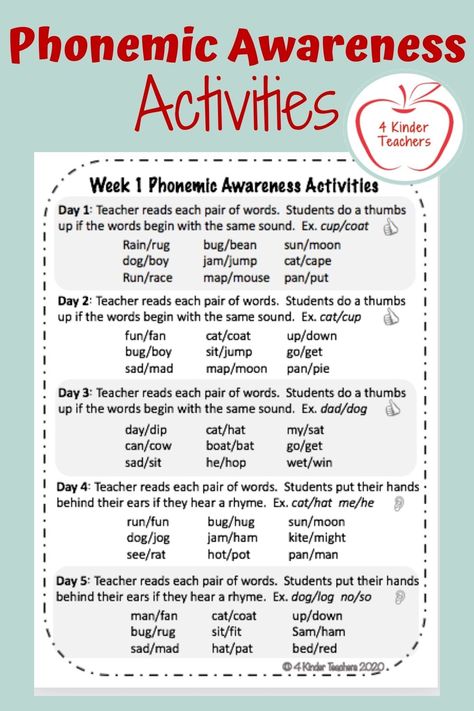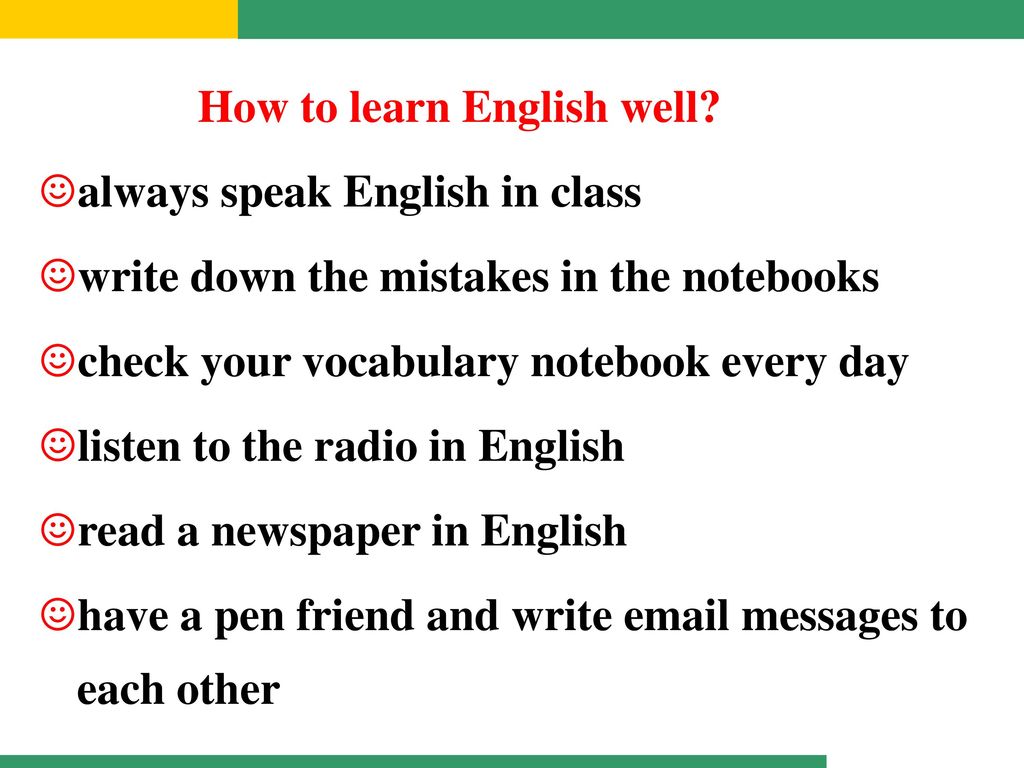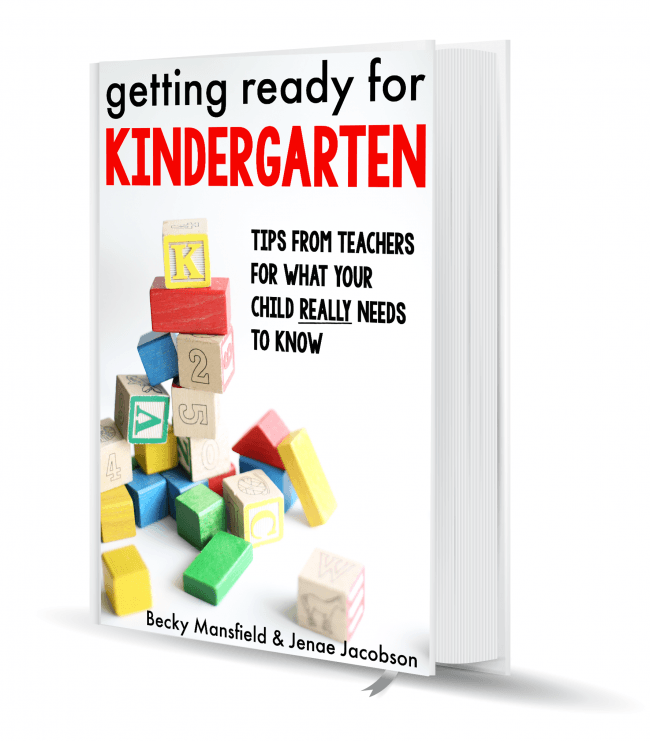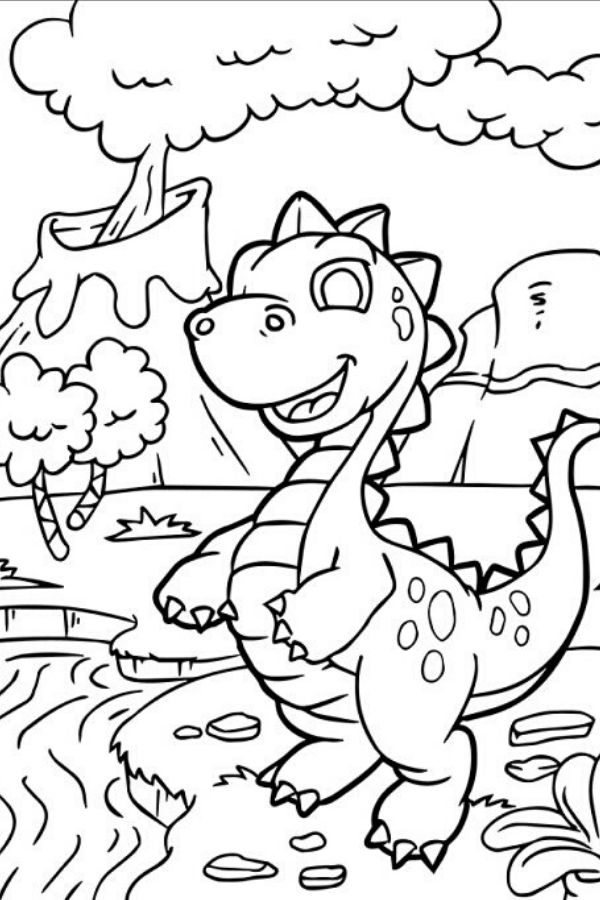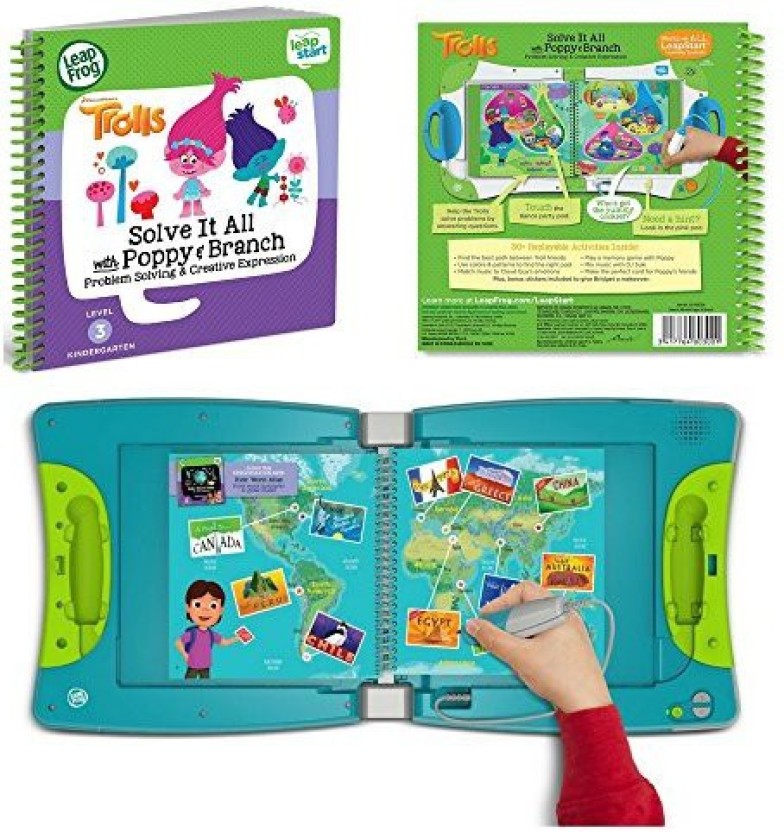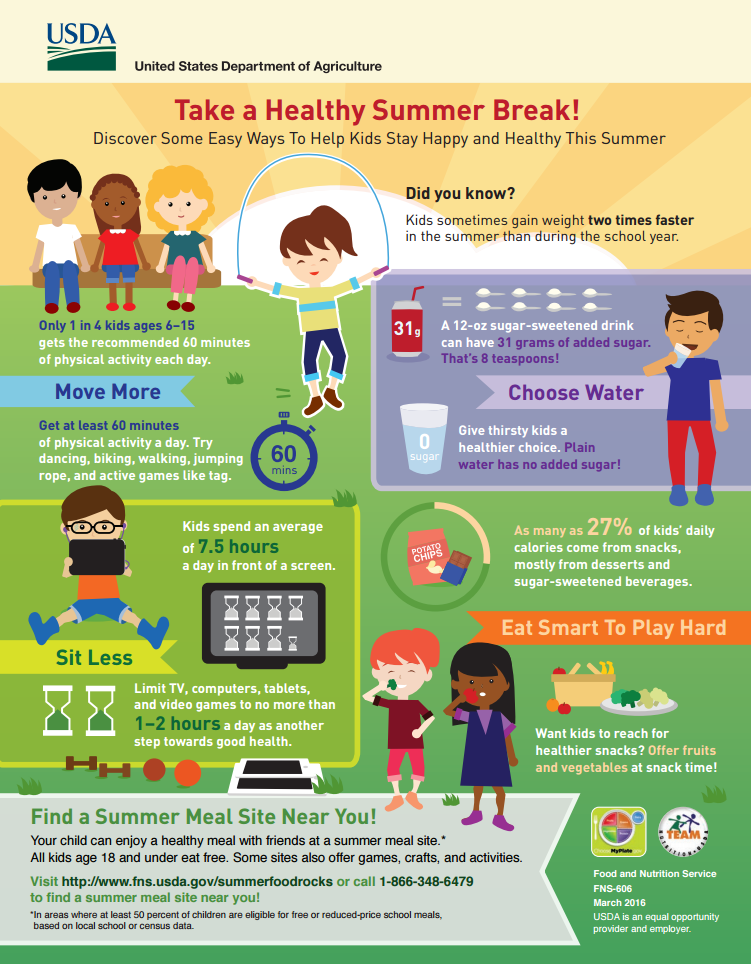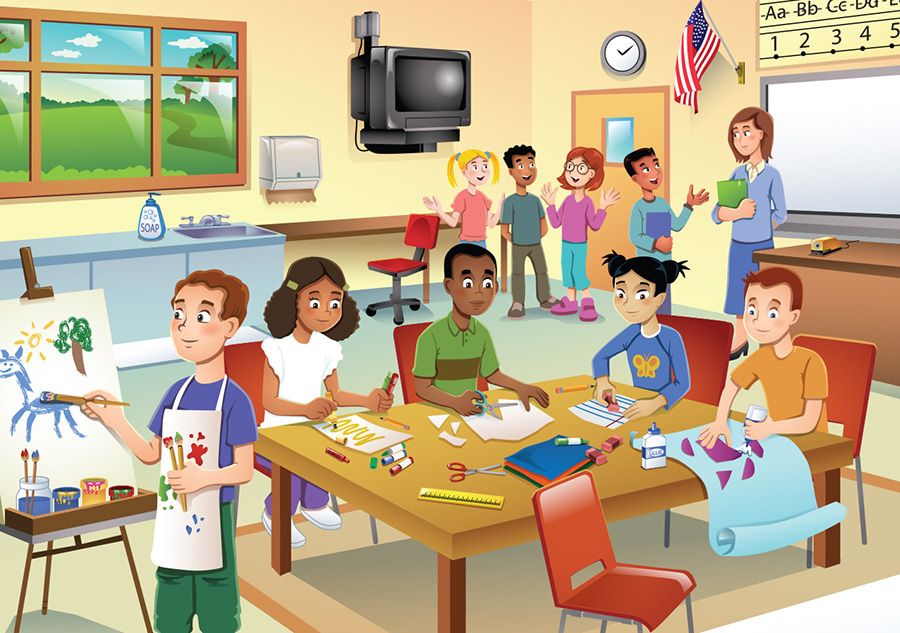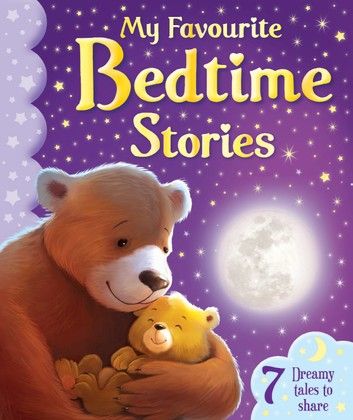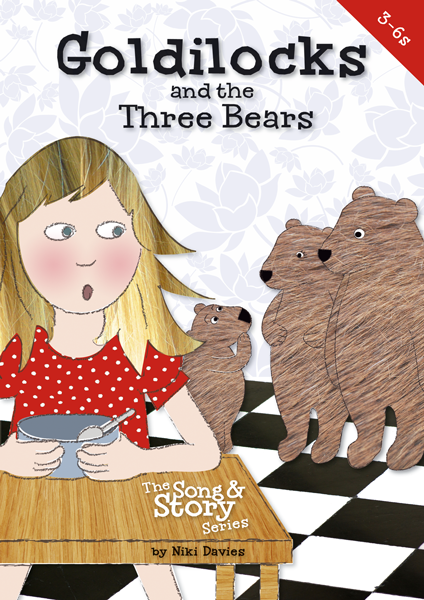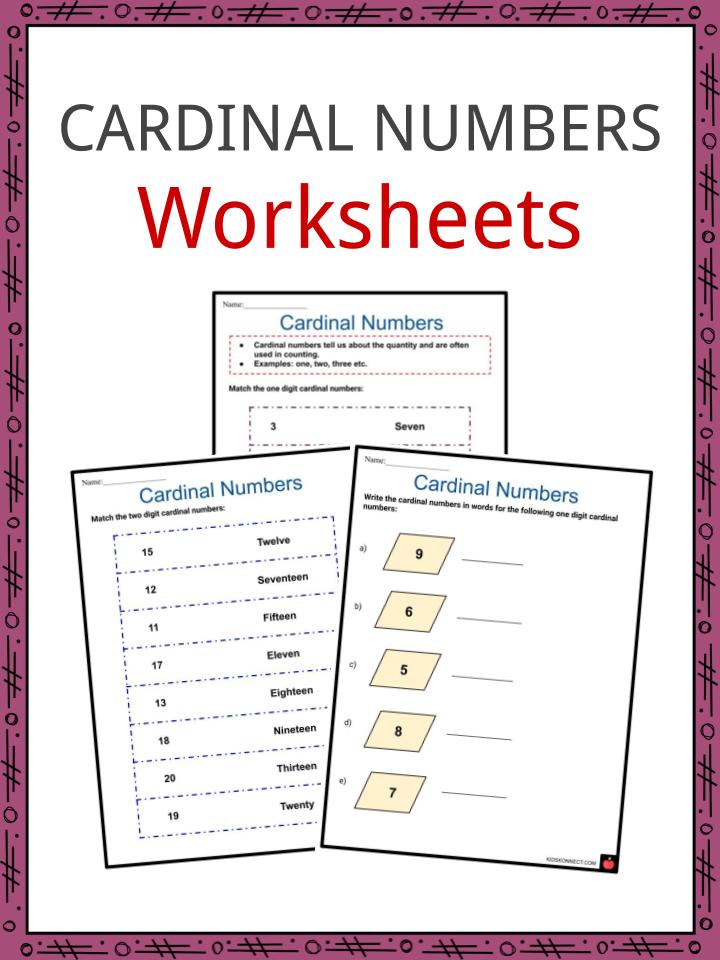Activities for phonological awareness with preschoolers
Phonological and Phonemic Awareness: Activities for Your Pre-K Child
That's a complicated sounding term, but it's meaning is simple: the ability to hear, recognize, and play with the sounds in spoken language. Phonological awareness is really a group of skills that include a child's ability to:
Strong phonemic awareness is one of the strongest predictors of later reading success. Children who struggle with reading, including kids with dyslexia, often have trouble with phonemic awareness, but with the right kind of instruction they can be successful. Learn some of the warning signs for dyslexia in this article, Clues to Dyslexia in Early Childhood.
For pre-K children, the focus is on rhyming, alliteration, syllables, and beginning sounds. Parents can make a big difference in helping their children become readers by practicing these pre-reading oral skills at home. Try some of the simple rhyming and word sound games described here.
Why phonemic awareness is the key to learning how to read
This video is from Home Reading Helper, a resource for parents to elevate children’s reading at home provided by Read Charlotte. Find more video, parent activities, printables, and other resources at Home Reading Helper.
Try these speech sound activities at home
Rhyme time
“I am thinking of an animal that rhymes with big. What's the animal?” Answer: pig. What else rhymes with big? (dig, fig, wig)
Body part rhymes
Point to a part of your body and ask your child to think of a rhyming word. For example, what rhymes with hair? (bear). What rhymes with eye? (pie) What rhymes with head? (bed). Make it more challenging by asking for two or three rhyming words. Nonsense words count, too!
Read books that play with sounds
Try these books featuring rhyme, alliteration, and more:
- All About Arthur (An Absolutely Absurd Ape)
- Alphabears
- Animalia
- Buzz Said the Bee
- Catch a Little Fox
- Each Peach Pear Plum
- A Giraffe and a Half
- The Hungry Thing
- Jamberry
- See You Later Alligator
- Sheep in a Jeep
- Yours Till Banana Splits
- Zoophabets
Clap it out
Practice listening for syllables. Explain to your child that syllables are the big chunks in words as you say them: some words have one syllable (hat), some have two (apple), and some have three or more (banana).
Explain to your child that syllables are the big chunks in words as you say them: some words have one syllable (hat), some have two (apple), and some have three or more (banana).
You can actually feel syllables! Have your child put her hand under her chin and say the word slowly so she can feel when her mouth goes down. Be sure to explain that each time her chin goes down, she’s saying another syllable or part of the same word.
Think of everyday words your child knows (for example: apple, baby, toothbrush). Tell your child that you'll both clap the number of syllables in each word. Show her how to clap one time as you say each syllable: /ap/ (clap) /ple/ (clap). Try it with more words. Kids also love clapping their name!
Tongue ticklers
Alliteration or "tongue ticklers" — where the sound you're focusing on is repeated over and over again — can be a fun way to provide practice with a sound. Try these:
- For M: Miss Mouse makes marvelous meatballs!
- For S: Silly Sally sings songs about snakes and snails.
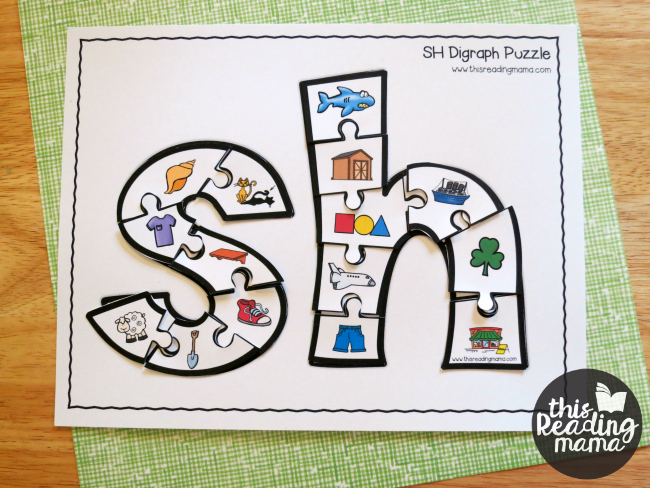
- For F: Freddy finds fireflies with a flashlight.
"I Spy" first sounds
Practice beginning sounds with this simple "I spy" game at home, on a walk, or at the grocery store. Choose words with distinctive, easy-to-hear beginning sounds. For example, if you're in the bathroom you can say, “I spy something red that starts with the "s" ssss sound (soap).”
Which letter sounds do I teach first?
Reading expert Linda Farrell recommends that you begin with teaching the letter names, and then focus on the letter sounds that are closest to their letter names (such as /v/). And here's a great tip for teaching the trickier letter name–letter sound combinations — use arm motions. In this video, Linda demonstrates motions for /x/ and /y/. (From our video series Reading SOS: Expert Answers to Family Questions About Reading.)
Sound scavenger hunt
Choose a letter sound, then have your child find things around your house that start with the same sound. “Can you find something in our house that starts with the letter “p” pppppp sound? Picture, pencil, pear”
Rhyme boards
Try this activity from the Florida Center for Reading Research (FCRR). The FCRR "At Home" series was developed especially for families! Watch the video and then download the activity: Rhyme Boards. See all FCRR phonological awareness activities here.
Rhyming A-LOT-OH!
Try this activity from the Florida Center for Reading Research (FCRR). The FCRR "At Home" series was developed especially for families! Watch the video and then download the activity: Rhyming A-LOT-OH!.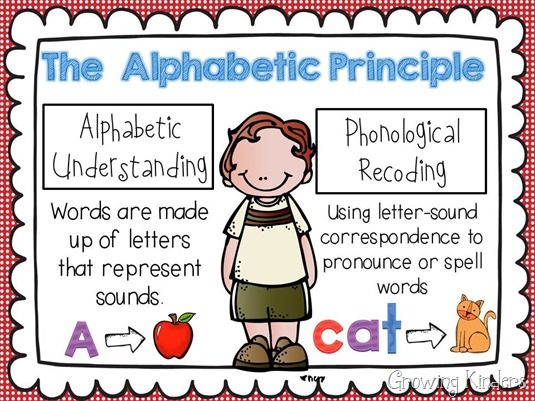 See all FCRR phonological awareness activities here.
See all FCRR phonological awareness activities here.
More phonological and phonemic awareness resources
20 Fun Phonemic Awareness Activities for Preschoolers
// by Sharayah Lynn Grattan
When we are young, we learn sounds and words in various ways. Usually, we hear a word and register it to the meaning of an action or object. Phonemic awareness is the understanding of how words/sounds can break down and build-up, and is very important when it comes to learning how to read.
Toddlers can benefit from different exercises and activities that break down words into segments, syllables, and sounds. From there they can learn each part's meaning and grow in their understanding of language.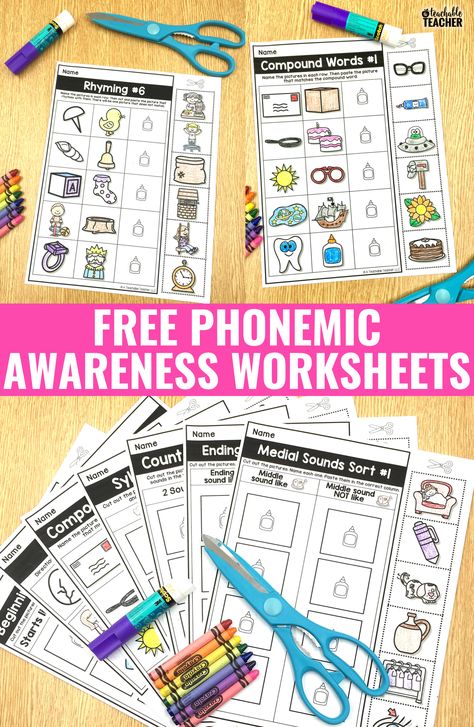 Here are 20 of our favorite games and activities to improve foundational literacy skills as well as critical pre-reading skills in toddlers.
Here are 20 of our favorite games and activities to improve foundational literacy skills as well as critical pre-reading skills in toddlers.
1. Listening With Closed Eyes
One of the first phonemic awareness skills preschoolers can work to improve is their ability to recognize single sounds. Focusing attention on what you hear is the first phase of breaking down and registering each phoneme. Have your students close their eyes in class and say the sounds they hear.
Learn more: Teach Starter
2. Phoneme Snowmen
Word segmentation is a great practice in learning how phonemes work and sound together. You can find these cute printable flashcards of different images or make your own. Next, grab some cotton balls and use them to count the letter combinations that make up each word.
Learn more: Fantastic Fun and Learning
3. Barrier Game
Collect some familiar objects around the classroom and put up a barrier so your students cannot see them.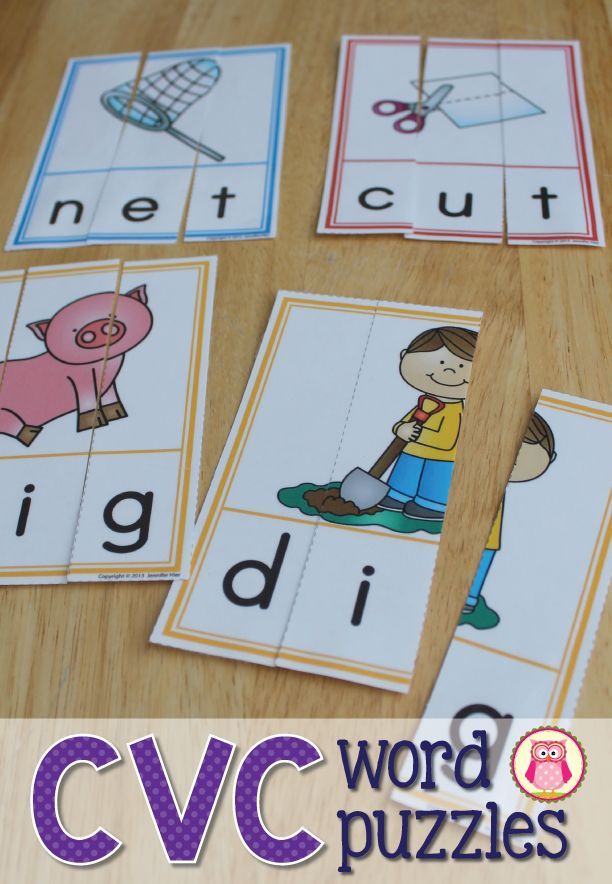 This listening game is excellent practice for learners to block out and separate sounds between those that are ambient and those that are important. Try using objects they hear regularly so students don't get frustrated or discouraged.
This listening game is excellent practice for learners to block out and separate sounds between those that are ambient and those that are important. Try using objects they hear regularly so students don't get frustrated or discouraged.
Learn more: Teach Phonics
4. LEGO Word Building
One hands-on learning tool that combines letter sounds and motor skills is segmenting and blending words using LEGOs. Start off with simple 2-3 letter words and have your students break apart the pieces and say the letter names, then put the blocks together to make each word.
Learn more: A Teachable Teacher
5. Letter Sounds Tic Tac Toe
For this sound game, print out some picture cards, grab some yarn, and make a tic tac toe board on the floor. You can choose to focus on initial sounds or ending sounds depending on what your learners are struggling with.
Learn more: This Reading Mama
6. Similarities and Differences Game
Get your preschoolers up and moving with this fun game that improves phonological awareness.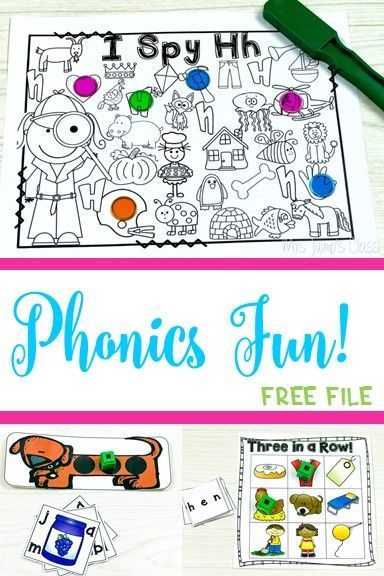 Place 3 hula hoops on the floor and choose 3 words your students are familiar with. Each word is represented by a hula hoop. Once you've said the words, the students must jump into the hula hoop of the word that sounds different than the other 2.
Place 3 hula hoops on the floor and choose 3 words your students are familiar with. Each word is represented by a hula hoop. Once you've said the words, the students must jump into the hula hoop of the word that sounds different than the other 2.
Learn more: Teach Starter
7. Rhyming Riddles
Let's focus on identifying individual sounds in a word. Ask your students for simple word corrections where one sound is off. For example, "Who do you see if you are sick?" "Poctor?". Your students can then answer and say "no, doctor!".
Learn more: Tejedastots
8. Word Formation Bracelets
Props, crafts, and games are useful strategies for building a strong foundation of language in your preschoolers. These learning bracelets made from pipe cleaners and beads are a fun and interactive way for students to visualize combinations of letters and practice putting them together.
Learn more: A Teachable Teacher
9.
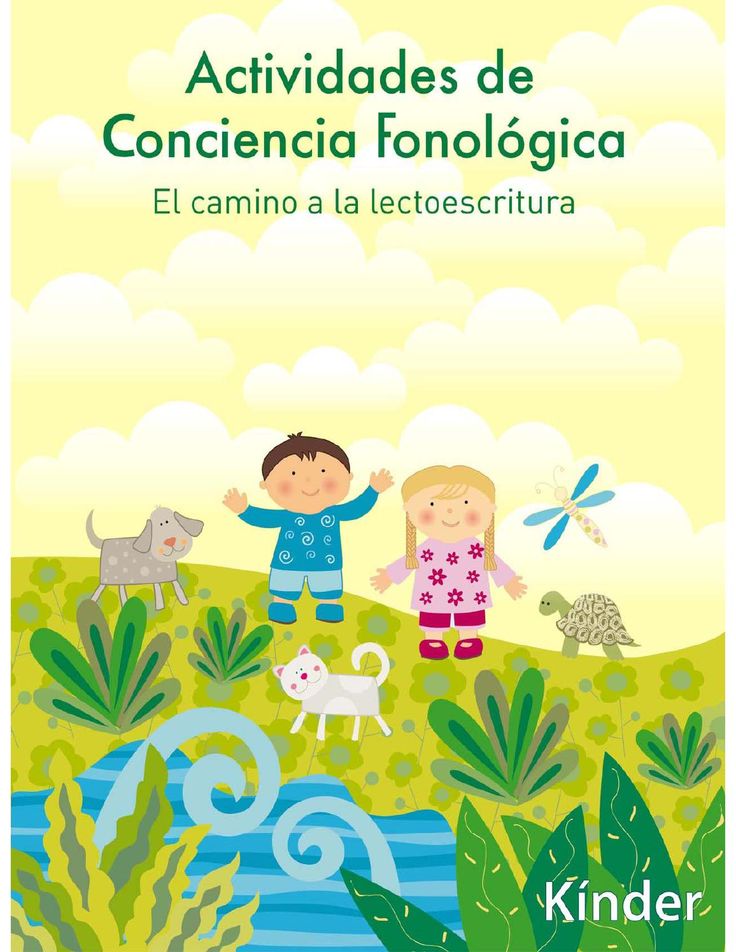 Word Sorting With Pictures
Word Sorting With Pictures Every word has a certain number of sounds and letters. You can use these free printable candy jars and images to play an activity that relates phonemes to letters, then counts and categorizes them.
Learn more: Fantastic Fun and Learning
10. Mystery Bag Game
Kids love mystery! This fun learning experience not only improves students' letter recognition but also expands their vocabulary. Place small familiar items in a bag, and plastic letters for the items' initial sounds. Each item your toddler pulls from the bag they must put in the correct phoneme column.
Learn more: Pinay Homeschooler
11. Sound Identification Signs
Simple and effective, you can make these letter signs yourself with popsicle sticks and letter printouts. Start off by asking your kiddos to identify the initial sound/letter, then once they understand the game, you can make it more challenging by asking for the middle sound or ending sound.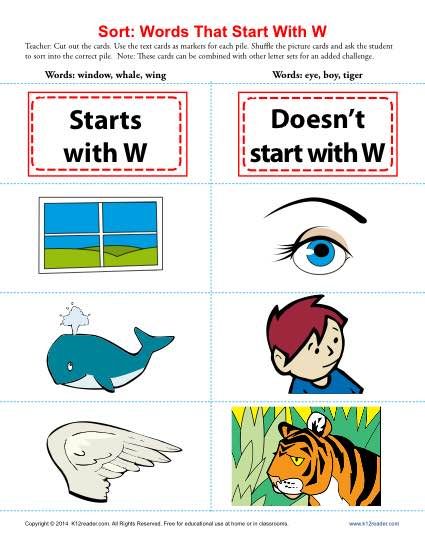
Learn more: Easttn Family Fun
12. The Hungry Thing
This is a children's book teaching phoneme awareness skills through the struggles of a hungry monster who speaks a language where he changes the first sound in his words. You can do a read-aloud of the book and practice with the examples used as well as some of your own.
Learn more: Amazon
13. Partners in Rhyme
Did you know there is an app you can download for free onto your smart device that helps kids learn phonemic awareness? The app uses rhyming words and images to test kids' understanding of sounds and letters.
Learn more: Apple
14. Sound Blending Song
The pattern of the song is the same melody as "If you're happy and you know it, clap your hands", but the words are "If you think you know this word, shout it out!". Once you've gone through the verse, spell out some easy words and have your students say the words back.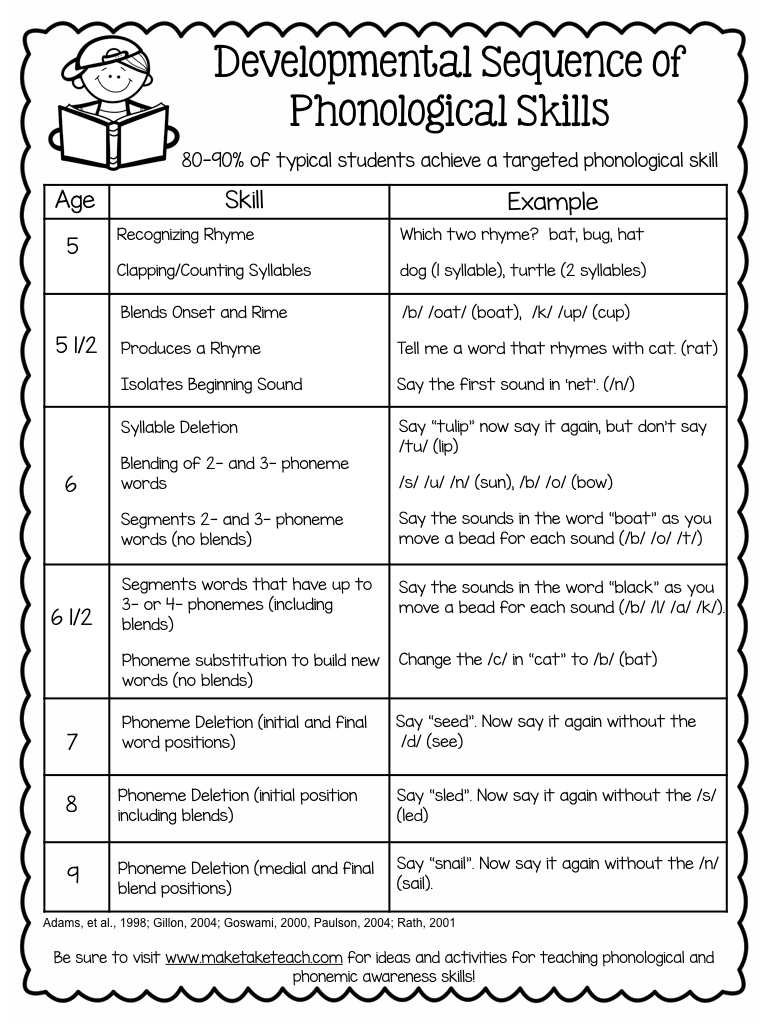
Learn more: Simply Kinder
15. Around the Room
Ask your students to think of the initial sound in their name, then have them look for an object in the classroom that starts with the same sound. This will get your kids thinking and moving in a fun and interactive way!
Learn more: Tejedastots
16. Phoneme Rhyming Bingo
Print out some bingo cards with images of familiar objects your students will recognize. When playing the game instead of saying the names of the objects, say words that rhyme with them. For example, instead of saying "car" say "far".
Learn more: Carls Corner
17. Feed the Unicorn
You can find this activity bundle with tons of rhyming and sound recognition games your preschooler will love!
Learn more: Pre-k Pages
18. Initial Letter Sound Scavenger Hunt
You can get creative with how you want to arrange your scavenger hunt.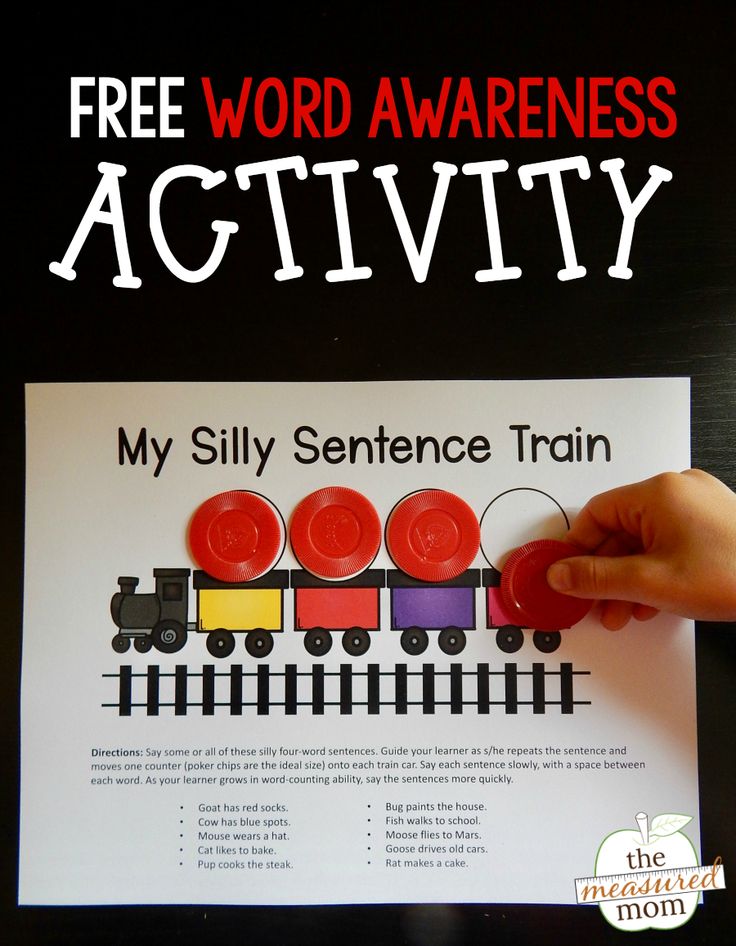 Each egg has pictures of objects your students need to match with the initial phoneme on the dinosaur picture. Hide the eggs around the classroom or place them in a sensory bin.
Each egg has pictures of objects your students need to match with the initial phoneme on the dinosaur picture. Hide the eggs around the classroom or place them in a sensory bin.
Learn more: Fantastic Fun and Learning
19. Playdough Stamps
Here's a super fun language game that uses motor skills, color and sound recognition, and memory skills. You'll need some cookie cutters in the shape of various familiar objects and letter stamps. Have your preschoolers take turns shaping the playdough and stamping it with the initial and ending letters.
Learn more: Modern Preschool
20. Matching Animals and Foods
Hopefully, you have some toy animals and food items in your classroom you can use for this phonemic awareness activity. First, have your kids categorize the animals based on their initial phonemes. Then, ask them to do the same thing with food items for extra practice and to improve their phonemic awareness skills.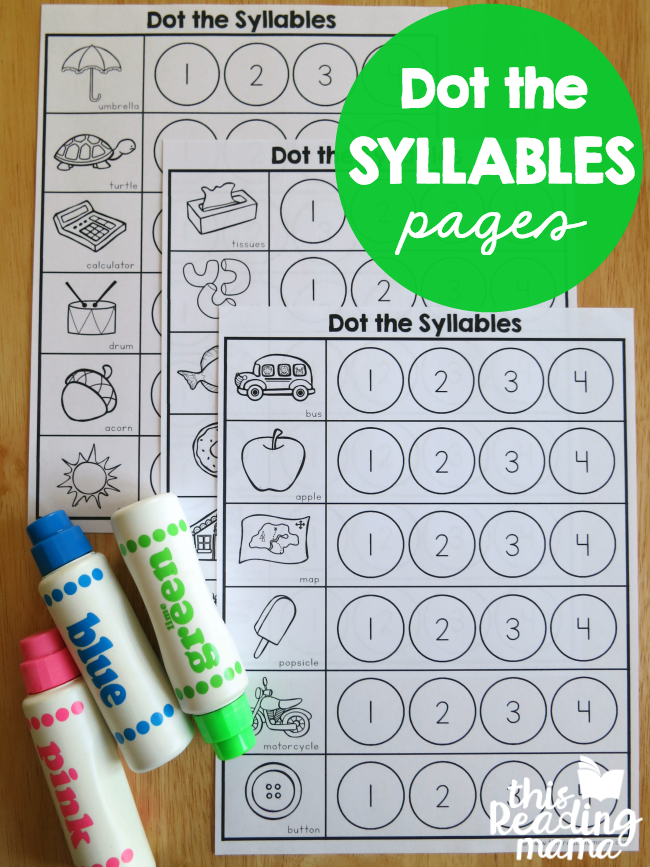
Learn more: The Playbased Mom
Related posts:
Category: Classroom Ideas
90,000 phonetic features of the speech development of preschoolers in the conditions of bilingualism The text of the scientific article in the specialty “Linguistics and literary criticism”UDC 372.46: 376.684
BBK h410.241.3 Grnti 14.23.09 Code of VAK 13.00.02
Privalova Svetlana Candidate,
9000 Pedagogical Sciences, Associate Professor of the Department of the Russian Language and Methods of its Teaching in Primary Schools, Institute of Pedagogy and Childhood Psychology, Ural State Pedagogical University; 620017, Ekaterinburg, avenue Cosmonauts, 26, office 167; e-mail: [email protected].PHONETIC FEATURES OF SPEECH DEVELOPMENT OF PRESCHOOL CHILDREN UNDER BILINGUALITY
KEY WORDS: bilingualism; bilingualism; preschoolers; phonetic features; speech development; children's speech; migrant children.
ABSTRACT. The article reveals some features of the speech development of migrant children in the context of bilingualism.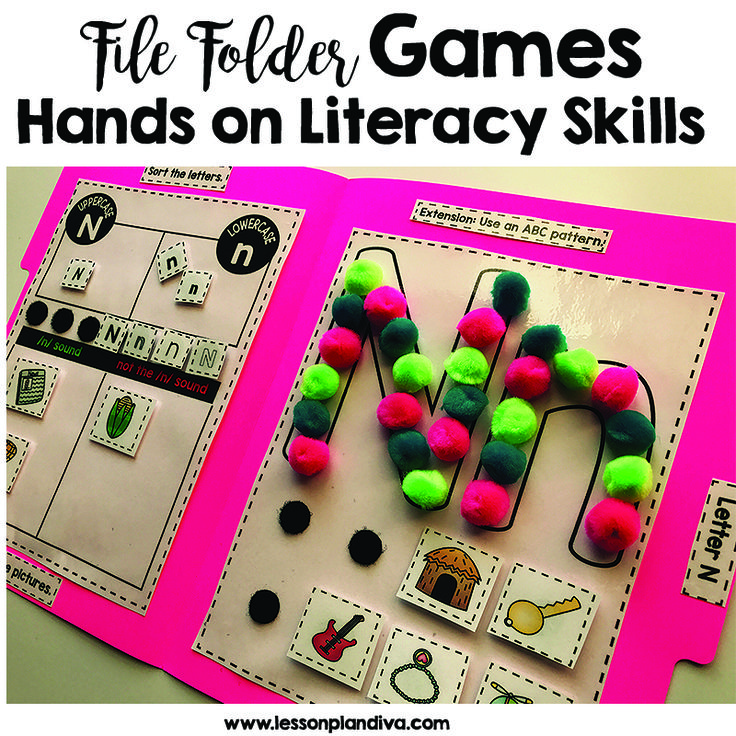 A comparative analysis of different points of view on the definition of bilingualism is given (V. A. Avronin, R. A. Budagov, Yu. Yu. Desheriev, F. Filin). The classical point of view of some authors (Y. Kamensky, K. D. Ushinsky, E. I. Tikheeva, L. S. Vygotsky) about the influence of bilingualism on the development of the child’s native language, as well as on his general intellectual development, is presented. Researchers involved in bilingualism indicate the possibility of children learning two or more languages.
A comparative analysis of different points of view on the definition of bilingualism is given (V. A. Avronin, R. A. Budagov, Yu. Yu. Desheriev, F. Filin). The classical point of view of some authors (Y. Kamensky, K. D. Ushinsky, E. I. Tikheeva, L. S. Vygotsky) about the influence of bilingualism on the development of the child’s native language, as well as on his general intellectual development, is presented. Researchers involved in bilingualism indicate the possibility of children learning two or more languages.
The phonetic errors of preschool children and their causes are described in more detail. Preschool children only pronounce the sounds they hear. In this regard, the main difficulties and deviations from the pronunciation norms that are typical for migrant children arise: 1) indistinguishability by ear of sounds that are absent in their native language, mixing them with the sounds of the Russian and native languages that are close in articulatory-acoustic terms; 2) distorted pronunciation of sounds similar to the sounds of the native language; 3) indistinguishability of hard and soft consonants in various positions of the word; 4) incorrect stress; 5) reduction of vowels in unstressed syllables.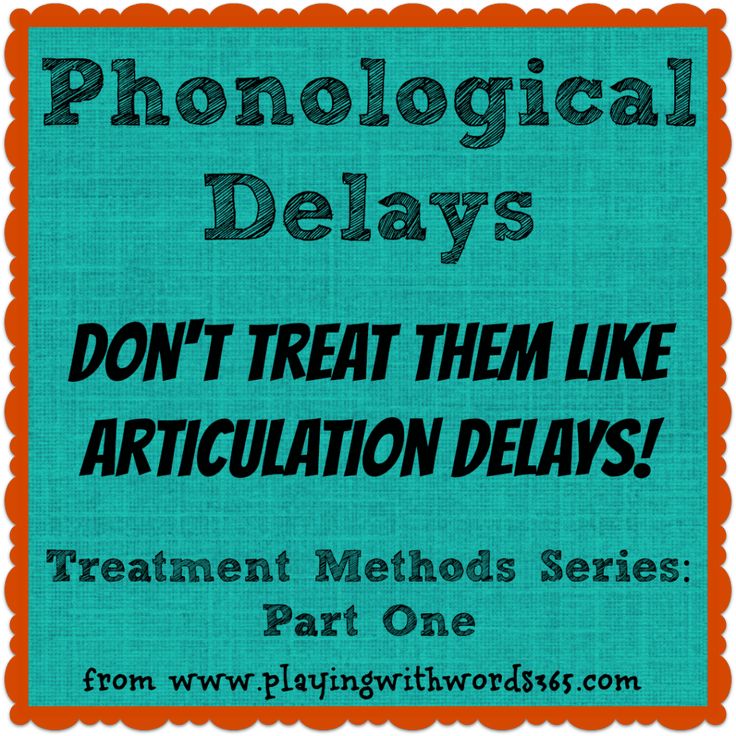 A brief review of some features of the phonetic-phonological system of the Russian language is given, the corresponding difficulties for preschool children, typical phonetic and phonological errors and the reasons for their occurrence are characterized. Based on the analysis, the author comes to the conclusion that when developing a system for teaching the correct pronunciation of non-Russian children, it is necessary to take into account linguistic data: the phonological system of the Russian and native languages, the features of the implementation of phonemes in the speech stream in the form of specific sounds, their differential and articulatory features, the laws of compatibility sound units, results of research on comparative phonetics and phonology of Russian and native languages.
A brief review of some features of the phonetic-phonological system of the Russian language is given, the corresponding difficulties for preschool children, typical phonetic and phonological errors and the reasons for their occurrence are characterized. Based on the analysis, the author comes to the conclusion that when developing a system for teaching the correct pronunciation of non-Russian children, it is necessary to take into account linguistic data: the phonological system of the Russian and native languages, the features of the implementation of phonemes in the speech stream in the form of specific sounds, their differential and articulatory features, the laws of compatibility sound units, results of research on comparative phonetics and phonology of Russian and native languages.
Privalova Svetlana Evgen'yevna,
Candidate of Pedagogy, Associate Professor of Department of Russian and Methods of Its Teaching in Primary School, Institute of Pedagogy and Psychology of Childhood, Ural State Pedagogical University, Ekaterinburg, Russia.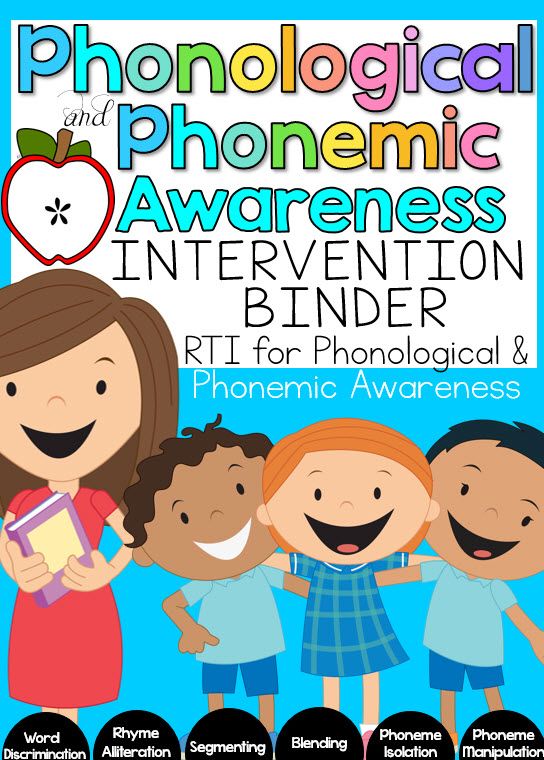
PHONETIC PECULIARITIES OF SPEECH DEVELOPMENT OF PRESCHOOL CHILDREN UNDER THE CONDITIONS OF BILINGUALISM
KEYWORDS: bilingualism; preschool children, phonetic peculiarities; speech development; children's speech; migrant children.
ABSTRACT. The article reveals some features of speech development of migrant children in conditions of bilingualism. A comparative analysis of different points of view on the definition of bilingualism is given (V. A. Avronin, R. A. Budagov, Yu. Yu. Deseriev, F. Filin). The classical point of view of some authors (Ya. Kamensky, K. D. Ushinsky, E. I. Tikheyeva, L. S. Vygotsky) is given about the influence of bilingualism on the development of the child's native language, as well as on their general intellectual development. Researchers dealing with the issues of bilingualism indicate the ability to learn two or more languages by children.
In more detail, the article dwells on phonetic errors in preschool children and their causes.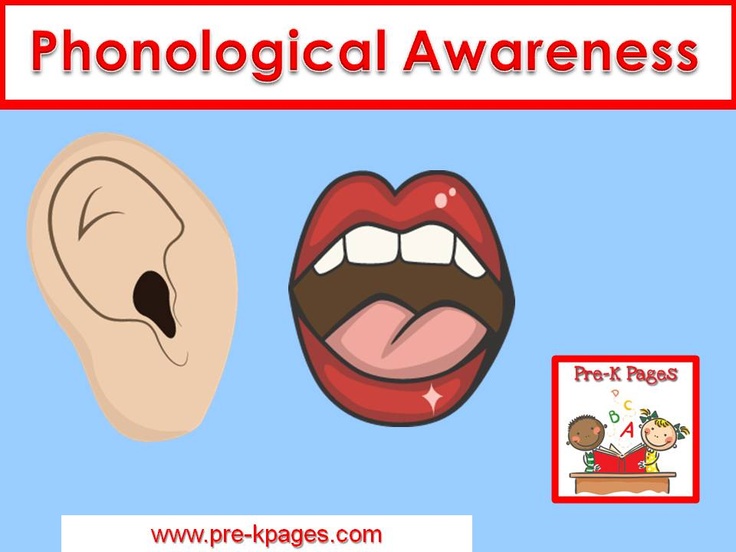 Preschool children pronounce only the sounds they hear. In this regard, the main difficulties and deviations from the pronunciation norms that are characteristic of migrant children are the following: 1) inability to differentiate the sounds absent in the native language by ear, mixing them up with the sounds of the Russian and native languages close to them in articulation and acoustics; 2) distorted pronunciation of sounds similar to the sounds of the native language; 3) non-discrimination of hard and soft consonants in different positions of the word; 4) incorrect accentuation; 5) reduction of vowels in unstressed syllables. The author provides a brief review of some features of the phonetic-phonological system of the Russian language and the difficulties arising from them for children of preschool age, typical phonetic and phonological errors and the reasons of their emergence. On the basis of analysis, the author comes to the conclusion that the system of work to teach correct speech sound pronunciation to non-Russian children should be taken into account the following linguistic data: the phonological system of the Russian and the native languages, the specific features of phoneme realization in the flow of speech in the form of concrete sounds, their differential and articulatory properties, rules of sound combination, and the results of comparative phonetics and phonology of the Russian and the native languages.
Preschool children pronounce only the sounds they hear. In this regard, the main difficulties and deviations from the pronunciation norms that are characteristic of migrant children are the following: 1) inability to differentiate the sounds absent in the native language by ear, mixing them up with the sounds of the Russian and native languages close to them in articulation and acoustics; 2) distorted pronunciation of sounds similar to the sounds of the native language; 3) non-discrimination of hard and soft consonants in different positions of the word; 4) incorrect accentuation; 5) reduction of vowels in unstressed syllables. The author provides a brief review of some features of the phonetic-phonological system of the Russian language and the difficulties arising from them for children of preschool age, typical phonetic and phonological errors and the reasons of their emergence. On the basis of analysis, the author comes to the conclusion that the system of work to teach correct speech sound pronunciation to non-Russian children should be taken into account the following linguistic data: the phonological system of the Russian and the native languages, the specific features of phoneme realization in the flow of speech in the form of concrete sounds, their differential and articulatory properties, rules of sound combination, and the results of comparative phonetics and phonology of the Russian and the native languages.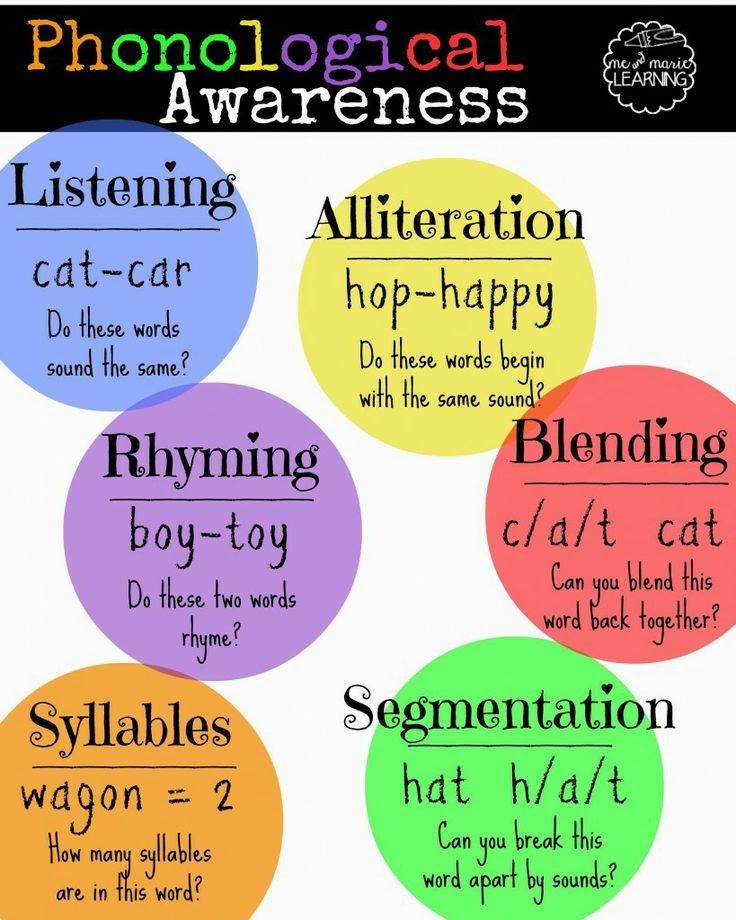
In a preschool educational institution, the foundations of national self-consciousness are laid, feelings of respect for other nations, love for the native land are brought up through training and education in the native language. The GEF DO prescribes the task of “ensuring equal opportunities for the full development of each child during preschool childhood, regardless of place of residence, gender, nation, language, social status...” [14].
According to K. A. Zakiryanov, purposeful work on the formation of national-cultural bilingualism must begin with the study of the native language, since the role of the native language is especially noticeable at the initial stage of education [8].
The language is the bearer of the culture of the people. A preschooler masters the language as part of the national culture in the process of mastering social experience. In the works of A. A. Leontiev, the idea is suggested that in a language with common elements of socio-historical experience there are elements of national culture that determine the national-cultural function of the language [9].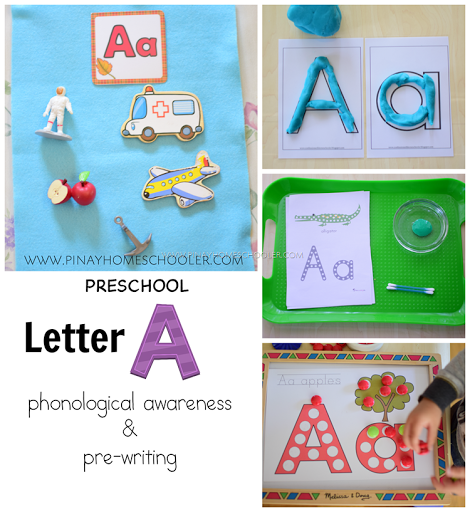
Of greatest interest to our study are works that offer different points of view on the definition of bilingualism. In the linguistic and psychological-pedagogical literature there are a number of studies devoted to the analysis of this problem (V. A. Avronin, R. A. Budagov, Yu. Yu. Desheriev). These authors argue that bilingualism is a perfect, free, active knowledge of two languages (up to the ability to think in them without translation from one language to another), in which it is impossible to determine which language is native, primary [6]. F. Filin focuses on the fact that bilingualism begins with any ability to communicate through more than one language, even from the simplest understanding of the second language.
An analysis of modern research shows that there is still no single approach to the definition of bilingualism in the literature, but it is generally recognized that a bilingual individual is characterized not only by the knowledge of two languages, but also by the ability to express the same meanings by means of two language systems.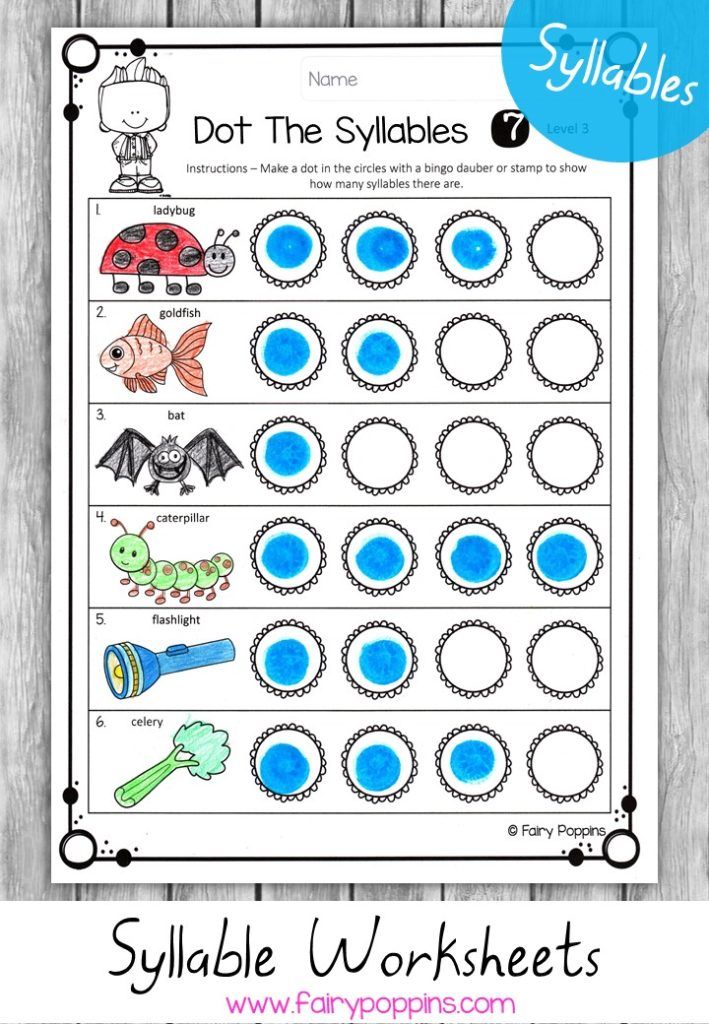
The approaches existing in pedagogy indicate that the second language should be taught when the child has mastered his native language perfectly (Ya. Kamensky, KD Ushinsky, E. I. Tikheeva, etc.). In the work of researchers,
the idea that bilingualism affects the acquisition of the mother tongue, as well as the general intellectual development of the child. At the same time, L. S. Vygotsky in his work “On the Question of Multilingualism in Childhood” emphasized that polyglossia is inevitably an obstacle to thinking. Due to the competition of associative tendencies, an extremely complex interaction between languages arises and there is a mutual negative influence of one speech system on another. Due to the fact that in different languages there are often no absolutely identical words that are full equivalents, on the contrary, there are some differences not only in signs, but also in meaning, and also due to the fact that each language has its own grammatical and syntactic system, multilingualism leads to serious difficulties in the thinking of the child.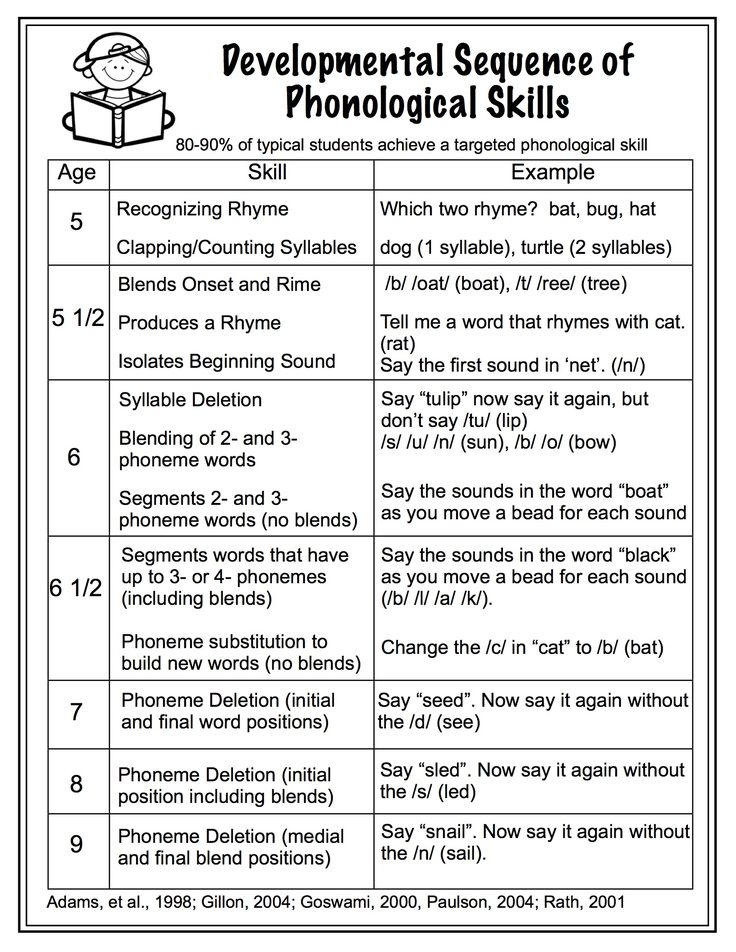 The solution to the issue of bilingualism will depend "on the age of the children, on the nature of the meeting of one and the other language, and, finally, most importantly, on the pedagogical impact on the development of native and foreign speech" [4].
The solution to the issue of bilingualism will depend "on the age of the children, on the nature of the meeting of one and the other language, and, finally, most importantly, on the pedagogical impact on the development of native and foreign speech" [4].
LS Vygotsky wrote that the acquisition of a foreign language follows a path opposite to that of the acquisition of a native language. A preschooler learns his native language unconsciously and unintentionally, and a foreign language begins to be mastered with awareness and intentionality.
IA Zimnyaya notes that the process of language acquisition will be effective if strong links are established in the child's mind between a new word and its equivalent in the native language. For this, it is necessary to develop the perception of the sounds of foreign speech. Also, the development of mechanisms for external, phonation design (breathing, rhythm, articulation, intonation, etc.), which can function according to programs other than the native language [7].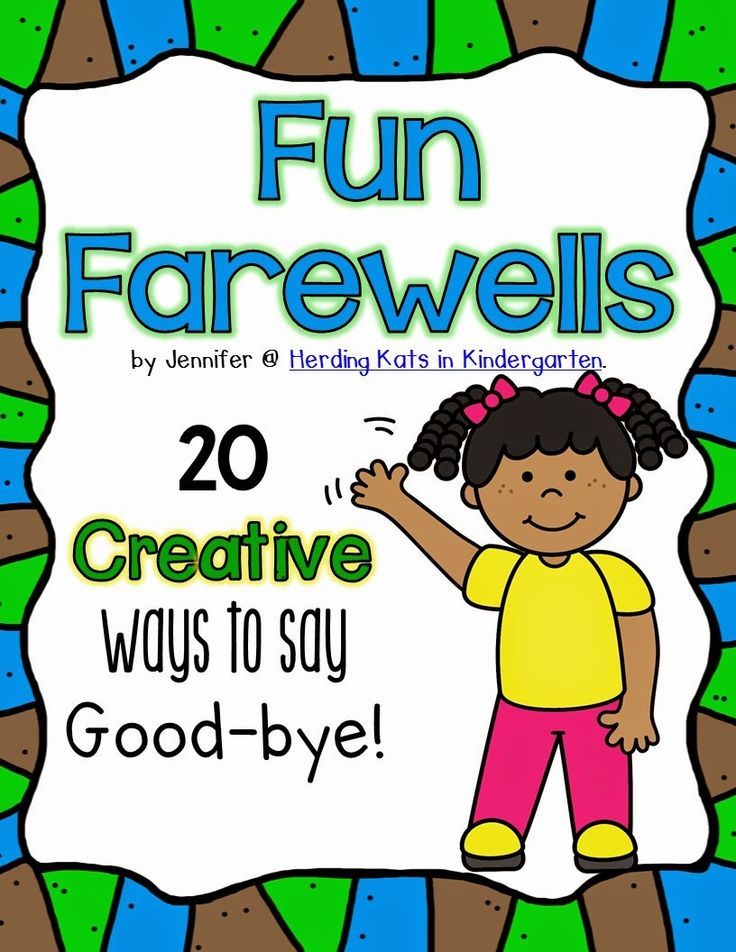
Successful work on the formation of correct sound pronunciation is impossible without clarifying phonetic errors and their causes. Most of the errors can be explained by the specifics of the phonetic system of the Russian language and the interfering influence of the features of the native language of preschoolers. It must be borne in mind that at the initial stage of training, it is much easier than later to master the articulation structure of a non-native language, pronunciation norms.
First of all, it is necessary to teach preschoolers to hear the sounds of the Russian language. Systematic work on the development of phonetic hearing is carried out at the beginning0003
© Privalova S. E., 2018
from an early age. However, even older preschoolers are not able to distinguish all sounds by ear, which leads to a mixture of individual sounds, for example: [s] - [and], [o] - [y], [w] - [u], [n] - [ f], paired hard and soft consonants, etc.
It is known that preschoolers pronounce only those sounds that they hear.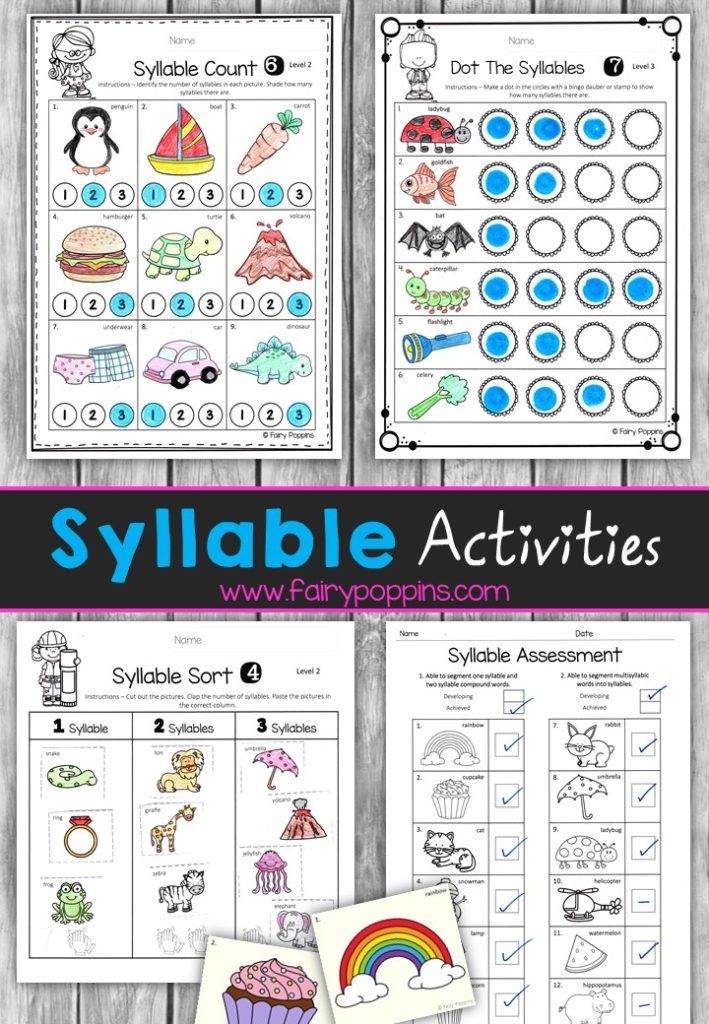 In this regard, the main difficulties and deviations from the pronunciation norms that are typical for migrant children arise:
In this regard, the main difficulties and deviations from the pronunciation norms that are typical for migrant children arise:
2) distorted pronunciation of sounds similar to those of the native language;
3) indistinguishability between hard and soft consonants in different positions of a word;
4) incorrect stress;
5) reduction of vowels in unstressed syllables.
When identifying pronunciation difficulties, it is necessary to proceed from the fact that the same sound in one position can be easy to learn pronunciation, and in another - difficult. For example, soft consonants before vowels are easier to learn, while those at the end of a word and before consonants are more difficult.
Our observations and experience of teachers of preschool institutions show that the main difficulties in mastering the pronunciation norms of the Russian language are associated with the practical assimilation of the differential sign of hardness-softness.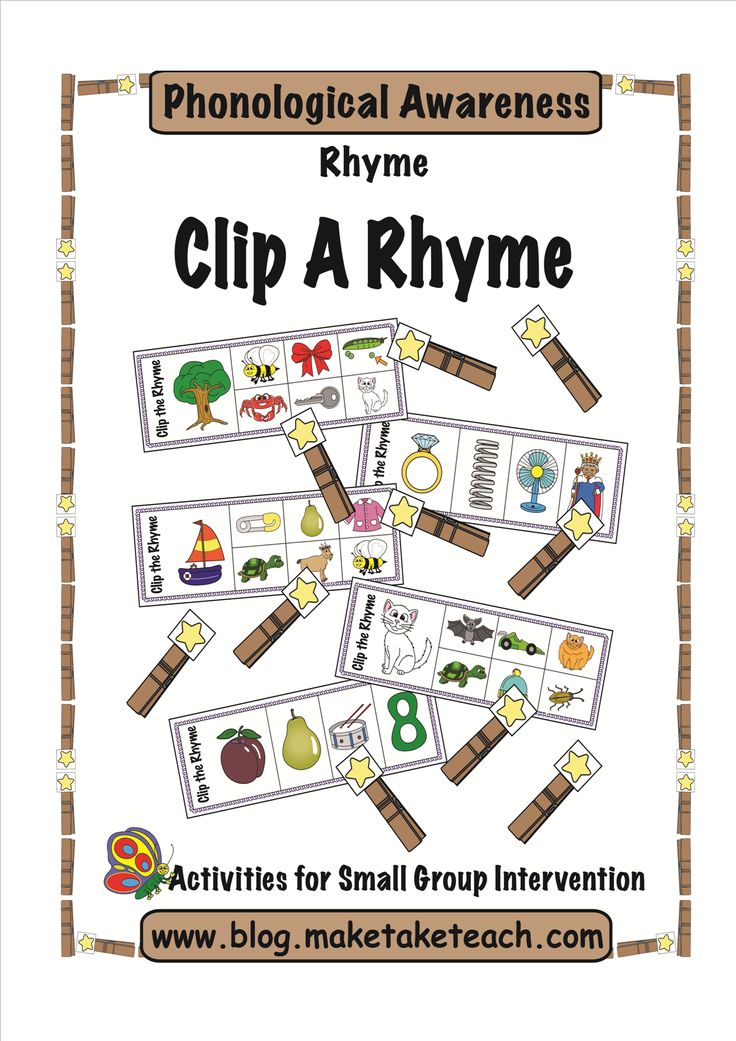 Distinguishing sounds according to hardness-softness is, as it were, the basis of the phonological system of the Russian language and permeates its entire sound system. For example, the quality of pronunciation of vowels is directly related to the hardness-softness of neighboring consonants.
Distinguishing sounds according to hardness-softness is, as it were, the basis of the phonological system of the Russian language and permeates its entire sound system. For example, the quality of pronunciation of vowels is directly related to the hardness-softness of neighboring consonants.
There are other articulation difficulties, which vary depending on the phonetic system of the mother tongue. For example, in the Koryak language, all noisy consonants are stop, and noisy fricatives are absent [10]. Accordingly, difficulties may be created in teaching the pronunciation of such consonants as [f], [s], [s], [w], [u], [x], [g]. These difficulties are connected with the absence of fricative sounds in the native language. Preschoolers in the place of these sounds can pronounce stops and affricates.
The vowels of the Russian language, in contrast to a number of languages, are heterogeneous, since depending on the hardness and softness of neighboring consonants, they vary in the place of formation.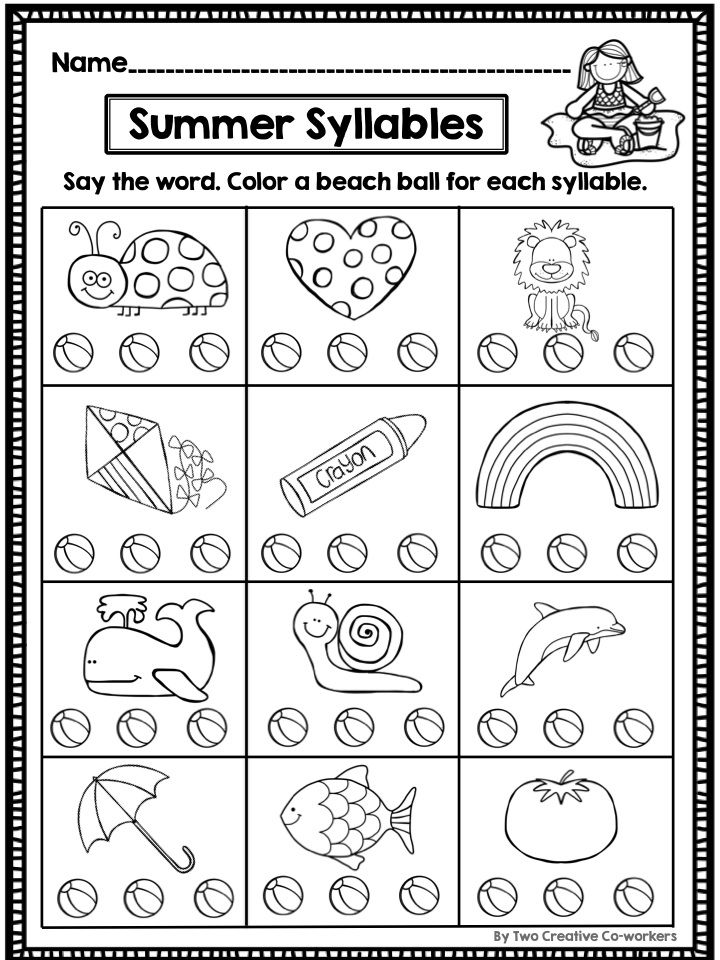 To develop an efficient technology and
To develop an efficient technology and
to choose methods for teaching correct pronunciation, it is necessary to take into account typical phonetic errors and their causes.
Violations of the norms of pronunciation of vowels can form the following groups of errors:
1) pronunciation of vowels under stress;
2) pronunciation of unstressed vowels.
Many errors in the pronunciation of vowels (stressed and unstressed) are explained not only by the articulatory-acoustic features of an isolated sound - the features that appear in a syllable, in sound combinations acquire significance, since “information about each given phoneme is contained not only in one sound of speech, but also in the sounds adjacent to it” [15].
In a stressed position after hard and soft consonants, children may not distinguish between vowels [o] - [y], [e] - [i], [s] - [i]. Instead of [o], they can pronounce [y], for example, confuse the words “juice” and “bitch”. The reason for this error is the absence of the vowel [o] in many languages.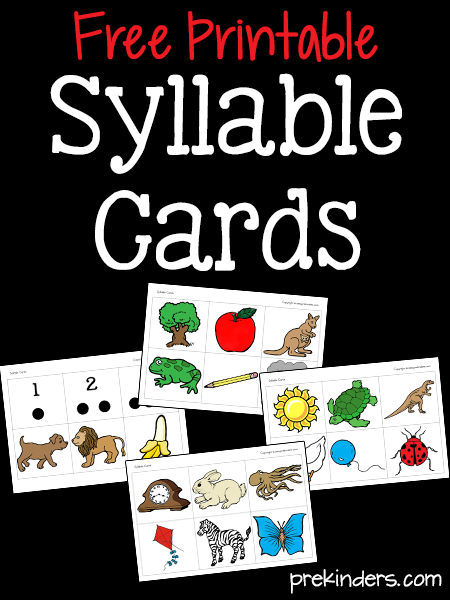 In addition, [o] differs from [y] in one feature - the rise of the language, which in some cases is difficult for students to change.
In addition, [o] differs from [y] in one feature - the rise of the language, which in some cases is difficult for students to change.
The difficulty for preschoolers is the pronunciation of soft consonants at the end of a word and before consonants. In these positions, soft consonants are replaced by either hard or semi-soft ones: “skates” - “horses”.
Bilingual preschoolers often replace a soft consonant in combination with vowels with a bilingual combination, for example,
[p'a] - "pya". This can be explained by the fact that the middle lingual articulation of the soft consonant, which is not typical for a number of languages, is replaced by the only middle lingual fricative consonant [й], for example: cheerful - “high”.
According to a number of authors (G. A. Anisimov, S. D. Ashurova, G. G. Burzhunov), the most stable mistake is replacing a hard consonant before [s] with a soft one. In Russian, [s] is unadvanced and is the result of the influence of a solid consonant, for example: iva - under the willow [padyvy].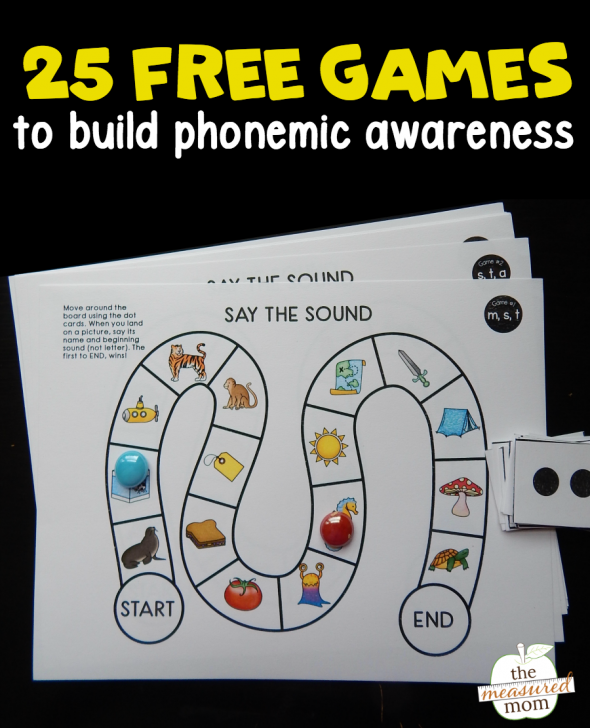 Consequently, it is not the sound [s] that is difficult for non-Russian children, but the pronunciation of a solid consonant before a non-front vowel [s] [10].
Consequently, it is not the sound [s] that is difficult for non-Russian children, but the pronunciation of a solid consonant before a non-front vowel [s] [10].
Analyzing the factual material, we can conclude that when developing a system of work addressed to non-Russian children to master the correct sound pronunciation, it is necessary to take into account linguistic data: the phonological system
Russian and native languages, features of the realization of phonemes in the speech stream in the form of specific sounds, their differential and articulatory features, the laws of compatibility of sound units, the results of studies on comparative phonetics and phonology of Russian and native languages. In a comparative analysis of the sound systems of the Russian and native languages, it is required to determine which differential features of one language are absent in the other.
An analysis of the psychological and pedagogical literature gives reason to believe that the purposeful mastering of a second language - in the process of communicating with peers or in organized classes - is more effective to begin in the period of middle preschool age.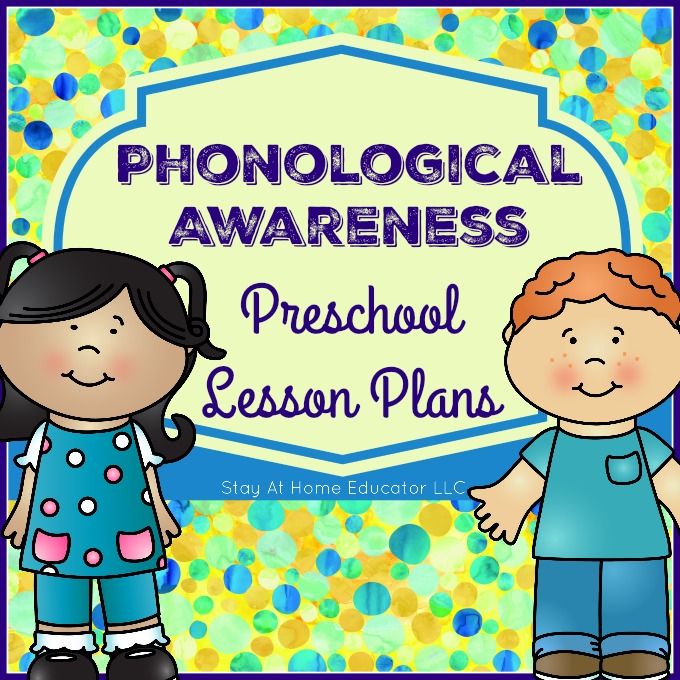 The improvement of the sounds of the native language is completed by the end of the fifth year of life, so mastering a second language with such a base begins immediately at a higher level.
The improvement of the sounds of the native language is completed by the end of the fifth year of life, so mastering a second language with such a base begins immediately at a higher level.
LITERATURE
1. Aitberov AM Linguistic foundations of teaching the Russian language in conditions of multinational Dagestan. - Makhachkala, 1983. - 99 p.
2. Akhmanova OS Dictionary of linguistic terms. - 2nd ed. - M., 1969. - 571 p.
3. Boytsova AF Teaching Russian language and pronunciation in non-Russian schools. - M., 1960. - 210 p.
4. Vygotsky L. S. Sobr. op. In 6 vol. T. 3 / ed. A. A. Matyushkina. - M., 1983. - 369 p.
5. Gvozdev AN On the phonological means of the Russian language. - M.; L., 1949. - 167 p.
6. Desheriev Yu. D. The development of national-Russian bilingualism. - M., 1976. - 368 p.
7. Zimnyaya IA Psychology of teaching foreign languages at school. - M .: Education, 1991. - 222 p.
8. Zakiryanov KZ Bilingualism and interference.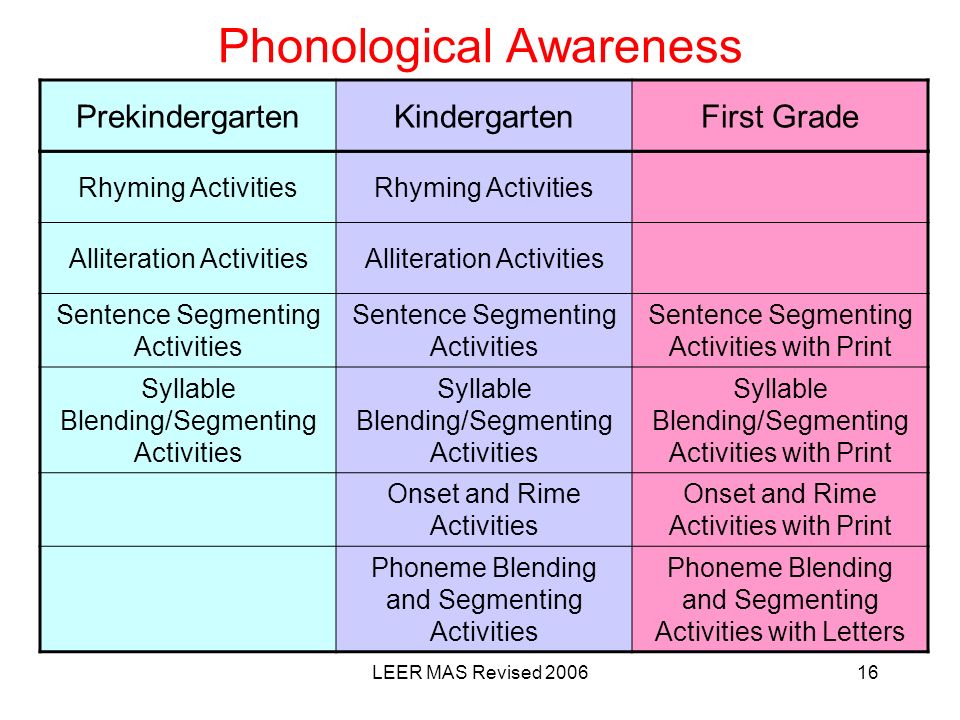 - Ufa, 1984. - 80 p.
- Ufa, 1984. - 80 p.
9. Leontiev AA Some psycholinguistic aspects of the initial stage of the language acquisition process // Problems of teaching foreigners the Russian language at the initial stage / ed. A. A. Mi-rolyubova and Z. Yu. Sosenko. — M., 1976.
10. Methods of teaching the Russian language in grades 5-11 of non-Russian schools with a native language of instruction: a guide for the teacher / G. A. Anisimov, S. D. Ashurova, G. G. Burzhunov [and others]; ed. N. B. Ekby. - St. Petersburg. : Department of the publishing house "Enlightenment", 1995. - 224 p.
11. Methods of teaching the Russian language in grades 4-10 of the schools of the peoples of the Abkhaz-Adyghe group. - L., 1988. - 156 p. - (Ch. "Study of phonetics and spelling).
12. Panov M. V. Modern Russian language: phonetics. — M., 1979. - 256 p.
13. Sunarshin SG The development of speech hearing of Bashkir students in Russian language lessons. - Ufa: Bashkir book publishing house, 1983.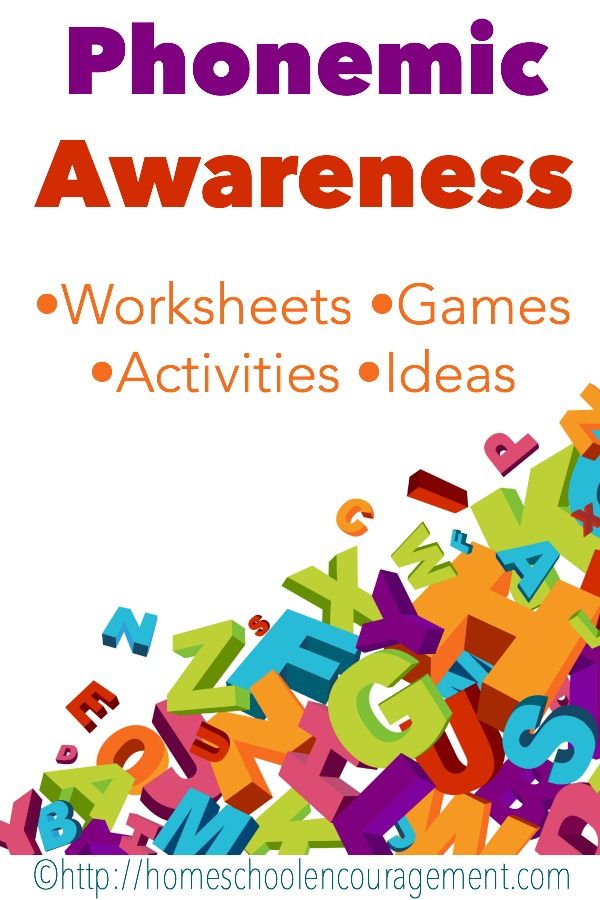 - 101 p.
- 101 p.
14. Federal state educational standard for preschool education. - M .: UTs "Perspective", 2014. - 32 p.
15. Chistovich LV Organization of the syllable // Speech, articulation and perception. - M.; L., 1965. — P. 186.
REFERENCES
1. Aytberov A. M. — Makhachkala, 1983.-99s.
2. Akhmanova O. S. Slovar' lingvisticheskikh terminov. - 2nd ed. - M., 1969. - 571 s.
3. Boytsova A.F. - M., 1960. - 210 s.
4. Vygotskiy L. S. Sobr. soch. V6t. T. 3 / pod red. A. A. Matyushkina. - M., 1983. - 369 s.
5. Gvozdev A. N. O fonologicheskikh sredstvakh russkogo yazyka. — M.; L., 1949. - 167 s.
6. Desheriev Yu. D. Razvitie national'no-Russian dvuyazychiya. — M., 1976.-368 s.
7. Zimnyaya I. A. Psikhologiya obucheniya inostrannym yazykam v shkole. - M. : Prosveshchenie, 1991. - 222 s.
8. Zakir'yanov K. Z. Dvuyazychie i interferentsiya. - Ufa, 1984. - 80 s.
9. Leont'ev A. A. Nekotorye psikholingvisticheskie aspekty nachal'nogo etapa protsessa ovladeniya yazy-kom // Voprosy obucheniya russkomu yazyku inostrantsev na nachal'nom etape / pod red.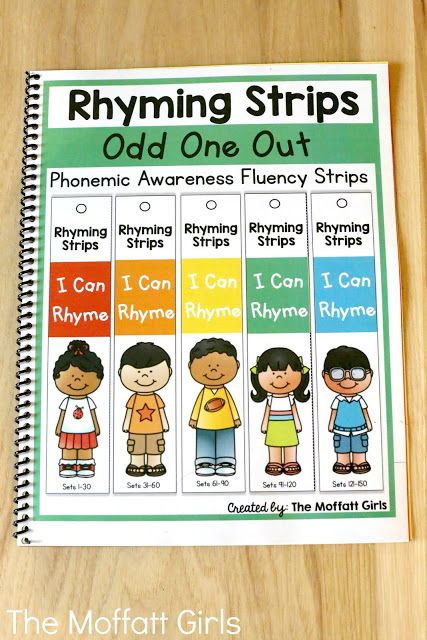 A. A. Mirolyubova and Z. Yu. Sosenko. M., 1976.
A. A. Mirolyubova and Z. Yu. Sosenko. M., 1976.
pod red. N. B. Ekby. — SPb. : Otd-nie izd-va "Prosveshchenie", 19ka oyeshua gyzekoshi wa7uki V 4—10 kTaeak zko1 pagoda abkhazo-adygskoy gruppy. - L., 1988. - 156 s. - “Izuchenie fonetiki i orfografii).
12. Rapow M.V. - M., 1979. - 256 s.
13. Sunagshin 8. О. — Sha :
Bashkiгskoe knizhnoe izd-vo, 1983. — 101 s.
- M. : Shv "Regv-pektiva", 2014. - 32 s.
15. Chistovich L. V. Ogganizatsiya s1oga // Rech, agtiku1yatsiya i vospgiyatie. - M.; L., 1965. - 8. 186.
Formation of the sound culture of speech in children of primary preschool age
%PDF-1.5 % 10 obj > /Metadata 4 0 R >> endobj 5 0 obj /Title >> endobj 20 obj > endobj 3 0 obj > endobj 40 obj > stream
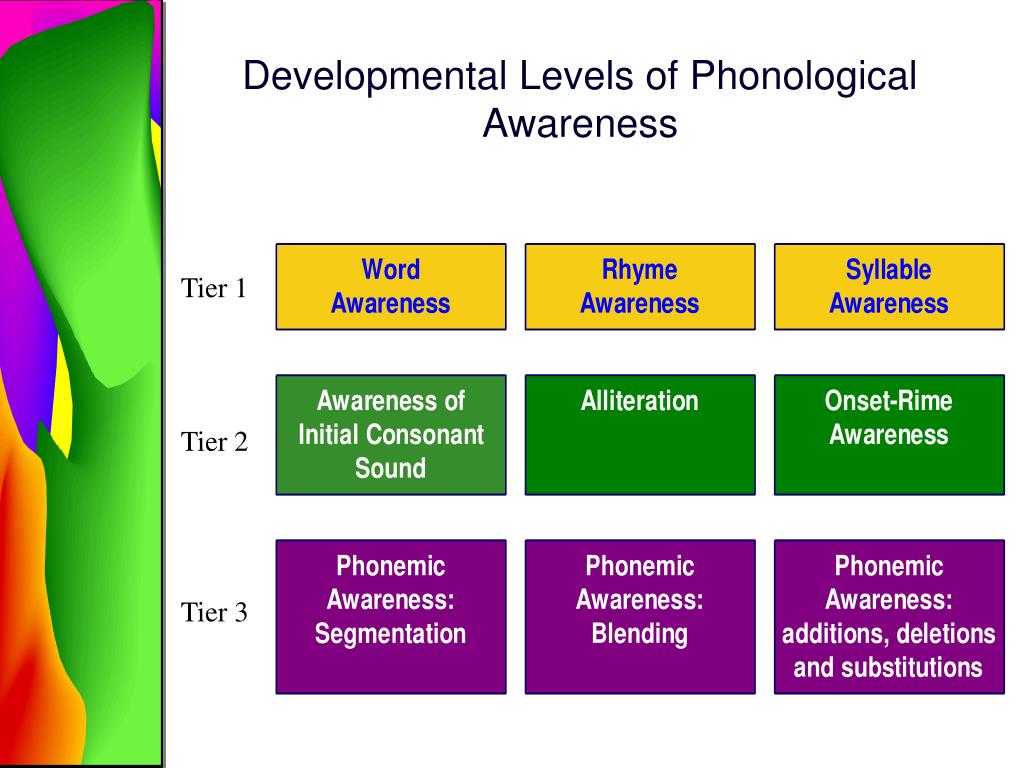 32 841.92] /Contents[104 0 R 105 0 R 106 0 R] /group> /Tabs /S /StructParents 0 /Annots [107 0R] >> endobj 70 obj > /ProcSet [/PDF /Text /ImageB /ImageC /ImageI] >> /Annots [108 0 R 109 0 R 110 0 R 111 0 R 112 0 R 113 0 R 114 0 R 115 0 R 116 0 R 117 0 R 118 0 R 119 0 R 120 0 R 121 0 R 122 0 R 123 0 R 124 0 R 125 0 R 126 0 R 127 0 R 128 0 R 129 0 R 130 0 R 131 0 R 132 0 R 133 0 R 134 0 R 135 0 R] /MediaBox [0 0 595.32 841.92] /Contents 136 0 R /group> /Tabs /S /StructParents 1 >> endobj 80 obj > /ProcSet [/PDF /Text /ImageB /ImageC /ImageI] >> /MediaBox[0 0 595.32 841.92] /Contents 137 0R /group> /Tabs /S /StructParents 30 >> endobj 9 0 obj > /ProcSet [/PDF /Text /ImageB /ImageC /ImageI] >> /MediaBox [0 0 595.32 841.92] /Contents 139 0 R /group> /Tabs /S /StructParents 31 >> endobj 10 0 obj > /ProcSet [/PDF /Text /ImageB /ImageC /ImageI] >> /MediaBox [0 0 595.32 841.92] /Contents 140 0 R /group> /Tabs /S /StructParents 32 >> endobj 11 0 obj > /ProcSet [/PDF /Text /ImageB /ImageC /ImageI] >> /MediaBox[0 0 595.
32 841.92] /Contents[104 0 R 105 0 R 106 0 R] /group> /Tabs /S /StructParents 0 /Annots [107 0R] >> endobj 70 obj > /ProcSet [/PDF /Text /ImageB /ImageC /ImageI] >> /Annots [108 0 R 109 0 R 110 0 R 111 0 R 112 0 R 113 0 R 114 0 R 115 0 R 116 0 R 117 0 R 118 0 R 119 0 R 120 0 R 121 0 R 122 0 R 123 0 R 124 0 R 125 0 R 126 0 R 127 0 R 128 0 R 129 0 R 130 0 R 131 0 R 132 0 R 133 0 R 134 0 R 135 0 R] /MediaBox [0 0 595.32 841.92] /Contents 136 0 R /group> /Tabs /S /StructParents 1 >> endobj 80 obj > /ProcSet [/PDF /Text /ImageB /ImageC /ImageI] >> /MediaBox[0 0 595.32 841.92] /Contents 137 0R /group> /Tabs /S /StructParents 30 >> endobj 9 0 obj > /ProcSet [/PDF /Text /ImageB /ImageC /ImageI] >> /MediaBox [0 0 595.32 841.92] /Contents 139 0 R /group> /Tabs /S /StructParents 31 >> endobj 10 0 obj > /ProcSet [/PDF /Text /ImageB /ImageC /ImageI] >> /MediaBox [0 0 595.32 841.92] /Contents 140 0 R /group> /Tabs /S /StructParents 32 >> endobj 11 0 obj > /ProcSet [/PDF /Text /ImageB /ImageC /ImageI] >> /MediaBox[0 0 595. 32 841.92] /Contents 141 0 R /group> /Tabs /S /StructParents 33 >> endobj 12 0 obj > /ProcSet [/PDF /Text /ImageB /ImageC /ImageI] >> /MediaBox [0 0 595.32 841.92] /Contents 142 0R /group> /Tabs /S /StructParents 34 >> endobj 13 0 obj > /ProcSet [/PDF /Text /ImageB /ImageC /ImageI] >> /MediaBox [0 0 595.32 841.92] /Contents 143 0 R /group> /Tabs /S /StructParents 35 >> endobj 14 0 obj > /ProcSet [/PDF /Text /ImageB /ImageC /ImageI] >> /MediaBox[0 0 595.32 841.92] /Contents 144 0R /group> /Tabs /S /StructParents 36 >> endobj 15 0 obj > /ProcSet [/PDF /Text /ImageB /ImageC /ImageI] >> /MediaBox [0 0 595.32 841.92] /Contents 145 0R /group> /Tabs /S /StructParents 37 >> endobj 16 0 obj > /ProcSet [/PDF /Text /ImageB /ImageC /ImageI] >> /MediaBox [0 0 595.32 841.92] /Contents 146 0 R /group> /Tabs /S /StructParents 38 >> endobj 17 0 obj > /ProcSet [/PDF /Text /ImageB /ImageC /ImageI] >> /MediaBox[0 0 595.32 841.92] /Contents 147 0R /group> /Tabs /S /StructParents 39 >> endobj 18 0 obj > /ProcSet [/PDF /Text /ImageB /ImageC /ImageI] >> /MediaBox [0 0 595.
32 841.92] /Contents 141 0 R /group> /Tabs /S /StructParents 33 >> endobj 12 0 obj > /ProcSet [/PDF /Text /ImageB /ImageC /ImageI] >> /MediaBox [0 0 595.32 841.92] /Contents 142 0R /group> /Tabs /S /StructParents 34 >> endobj 13 0 obj > /ProcSet [/PDF /Text /ImageB /ImageC /ImageI] >> /MediaBox [0 0 595.32 841.92] /Contents 143 0 R /group> /Tabs /S /StructParents 35 >> endobj 14 0 obj > /ProcSet [/PDF /Text /ImageB /ImageC /ImageI] >> /MediaBox[0 0 595.32 841.92] /Contents 144 0R /group> /Tabs /S /StructParents 36 >> endobj 15 0 obj > /ProcSet [/PDF /Text /ImageB /ImageC /ImageI] >> /MediaBox [0 0 595.32 841.92] /Contents 145 0R /group> /Tabs /S /StructParents 37 >> endobj 16 0 obj > /ProcSet [/PDF /Text /ImageB /ImageC /ImageI] >> /MediaBox [0 0 595.32 841.92] /Contents 146 0 R /group> /Tabs /S /StructParents 38 >> endobj 17 0 obj > /ProcSet [/PDF /Text /ImageB /ImageC /ImageI] >> /MediaBox[0 0 595.32 841.92] /Contents 147 0R /group> /Tabs /S /StructParents 39 >> endobj 18 0 obj > /ProcSet [/PDF /Text /ImageB /ImageC /ImageI] >> /MediaBox [0 0 595.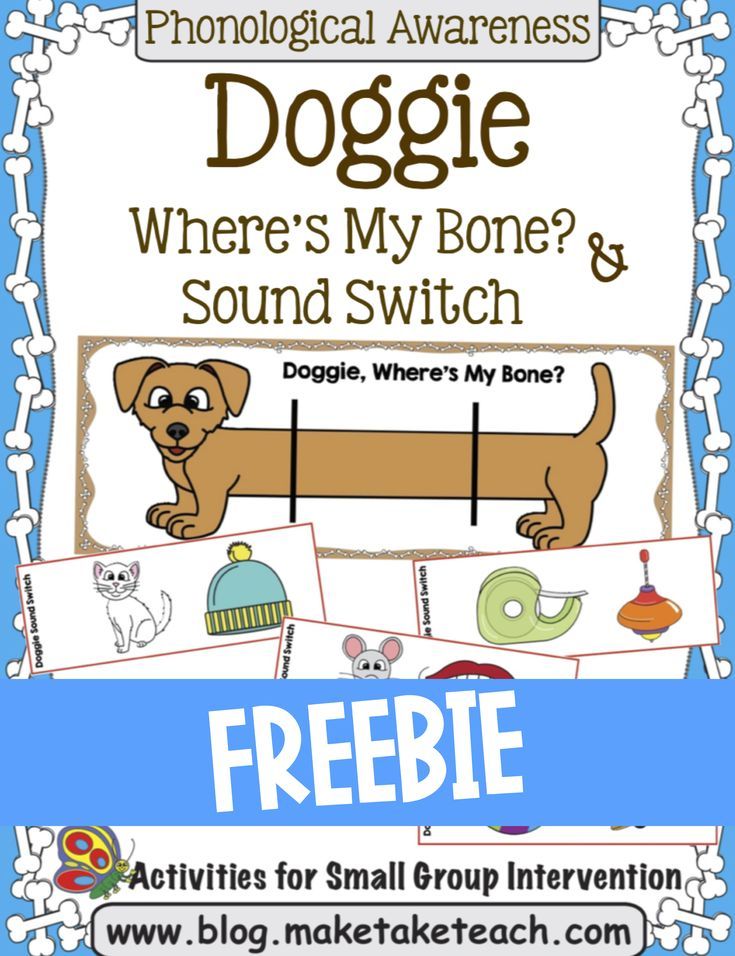 32 841.92] /Contents 148 0 R /group> /Tabs /S /StructParents 40 >> endobj 19 0 obj > /ProcSet [/PDF /Text /ImageB /ImageC /ImageI] >> /MediaBox [0 0 595.32 841.92] /Contents 149 0R /group> /Tabs /S /StructParents 41 >> endobj 20 0 obj > /ProcSet [/PDF /Text /ImageB /ImageC /ImageI] >> /MediaBox[0 0 595.32 841.92] /Contents 150 0 R /group> /Tabs /S /StructParents 42 >> endobj 21 0 obj > /ProcSet [/PDF /Text /ImageB /ImageC /ImageI] >> /MediaBox [0 0 595.32 841.92] /Contents 151 0 R /group> /Tabs /S /StructParents 43 >> endobj 22 0 obj > /ProcSet [/PDF /Text /ImageB /ImageC /ImageI] >> /MediaBox [0 0 595.32 841.92] /Contents 152 0R /group> /Tabs /S /StructParents 44 >> endobj 23 0 obj > /ProcSet [/PDF /Text /ImageB /ImageC /ImageI] >> /MediaBox[0 0 595.32 841.92] /Contents 153 0 R /group> /Tabs /S /StructParents 45 >> endobj 24 0 obj > /ProcSet [/PDF /Text /ImageB /ImageC /ImageI] >> /MediaBox [0 0 595.32 841.92] /Contents 154 0 R /group> /Tabs /S /StructParents 46 >> endobj 25 0 obj > /ProcSet [/PDF /Text /ImageB /ImageC /ImageI] >> /MediaBox [0 0 595.
32 841.92] /Contents 148 0 R /group> /Tabs /S /StructParents 40 >> endobj 19 0 obj > /ProcSet [/PDF /Text /ImageB /ImageC /ImageI] >> /MediaBox [0 0 595.32 841.92] /Contents 149 0R /group> /Tabs /S /StructParents 41 >> endobj 20 0 obj > /ProcSet [/PDF /Text /ImageB /ImageC /ImageI] >> /MediaBox[0 0 595.32 841.92] /Contents 150 0 R /group> /Tabs /S /StructParents 42 >> endobj 21 0 obj > /ProcSet [/PDF /Text /ImageB /ImageC /ImageI] >> /MediaBox [0 0 595.32 841.92] /Contents 151 0 R /group> /Tabs /S /StructParents 43 >> endobj 22 0 obj > /ProcSet [/PDF /Text /ImageB /ImageC /ImageI] >> /MediaBox [0 0 595.32 841.92] /Contents 152 0R /group> /Tabs /S /StructParents 44 >> endobj 23 0 obj > /ProcSet [/PDF /Text /ImageB /ImageC /ImageI] >> /MediaBox[0 0 595.32 841.92] /Contents 153 0 R /group> /Tabs /S /StructParents 45 >> endobj 24 0 obj > /ProcSet [/PDF /Text /ImageB /ImageC /ImageI] >> /MediaBox [0 0 595.32 841.92] /Contents 154 0 R /group> /Tabs /S /StructParents 46 >> endobj 25 0 obj > /ProcSet [/PDF /Text /ImageB /ImageC /ImageI] >> /MediaBox [0 0 595.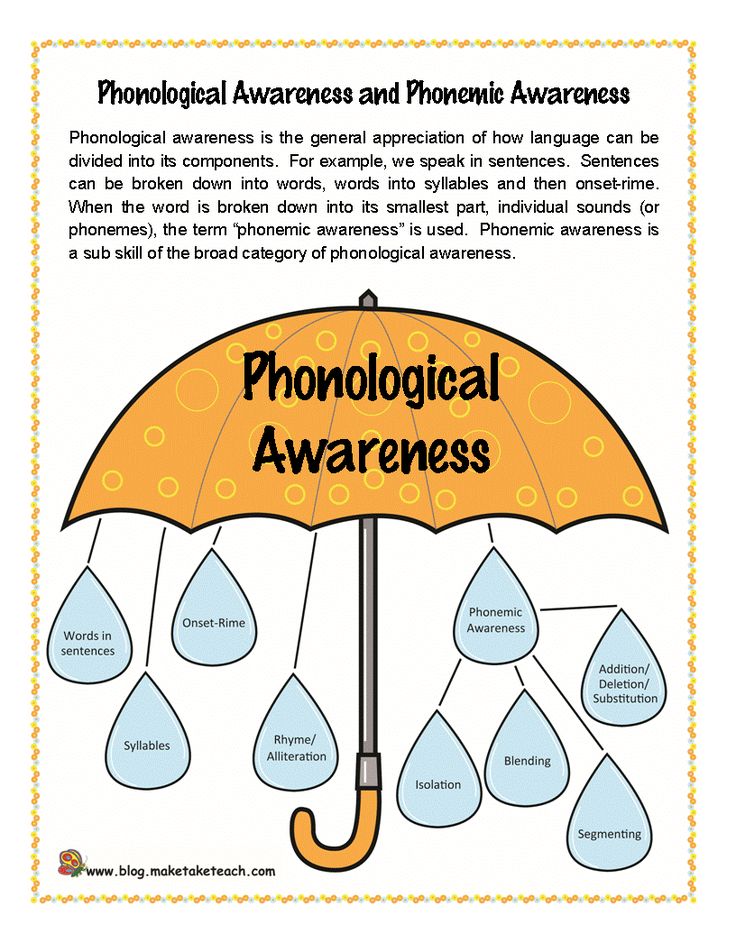 32 841.92] /Contents 155 0R /group> /Tabs /S /StructParents 47 >> endobj 26 0 obj > /ProcSet [/PDF /Text /ImageB /ImageC /ImageI] >> /MediaBox[0 0 595.32 841.92] /Contents 156 0 R /group> /Tabs /S /StructParents 48 >> endobj 27 0 obj > /ProcSet [/PDF /Text /ImageB /ImageC /ImageI] >> /MediaBox [0 0 595.32 841.92] /Contents 158 0 R /group> /Tabs /S /StructParents 49 >> endobj 28 0 obj > /ProcSet [/PDF /Text /ImageB /ImageC /ImageI] >> /MediaBox [0 0 595.32 841.92] /Contents 159 0 R /group> /Tabs /S /StructParents 50 >> endobj 29 0 obj > /ProcSet [/PDF /Text /ImageB /ImageC /ImageI] >> /MediaBox[0 0 595.32 841.92] /Contents 160 0 R /group> /Tabs /S /StructParents 51 >> endobj 30 0 obj > /ProcSet [/PDF /Text /ImageB /ImageC /ImageI] >> /MediaBox [0 0 595.32 841.92] /Contents 161 0 R /group> /Tabs /S /StructParents 52 >> endobj 31 0 obj > /ProcSet [/PDF /Text /ImageB /ImageC /ImageI] >> /MediaBox [0 0 595.32 841.92] /Contents 162 0 R /group> /Tabs /S /StructParents 53 >> endobj 32 0 obj > /ProcSet [/PDF /Text /ImageB /ImageC /ImageI] >> /MediaBox[0 0 595.
32 841.92] /Contents 155 0R /group> /Tabs /S /StructParents 47 >> endobj 26 0 obj > /ProcSet [/PDF /Text /ImageB /ImageC /ImageI] >> /MediaBox[0 0 595.32 841.92] /Contents 156 0 R /group> /Tabs /S /StructParents 48 >> endobj 27 0 obj > /ProcSet [/PDF /Text /ImageB /ImageC /ImageI] >> /MediaBox [0 0 595.32 841.92] /Contents 158 0 R /group> /Tabs /S /StructParents 49 >> endobj 28 0 obj > /ProcSet [/PDF /Text /ImageB /ImageC /ImageI] >> /MediaBox [0 0 595.32 841.92] /Contents 159 0 R /group> /Tabs /S /StructParents 50 >> endobj 29 0 obj > /ProcSet [/PDF /Text /ImageB /ImageC /ImageI] >> /MediaBox[0 0 595.32 841.92] /Contents 160 0 R /group> /Tabs /S /StructParents 51 >> endobj 30 0 obj > /ProcSet [/PDF /Text /ImageB /ImageC /ImageI] >> /MediaBox [0 0 595.32 841.92] /Contents 161 0 R /group> /Tabs /S /StructParents 52 >> endobj 31 0 obj > /ProcSet [/PDF /Text /ImageB /ImageC /ImageI] >> /MediaBox [0 0 595.32 841.92] /Contents 162 0 R /group> /Tabs /S /StructParents 53 >> endobj 32 0 obj > /ProcSet [/PDF /Text /ImageB /ImageC /ImageI] >> /MediaBox[0 0 595.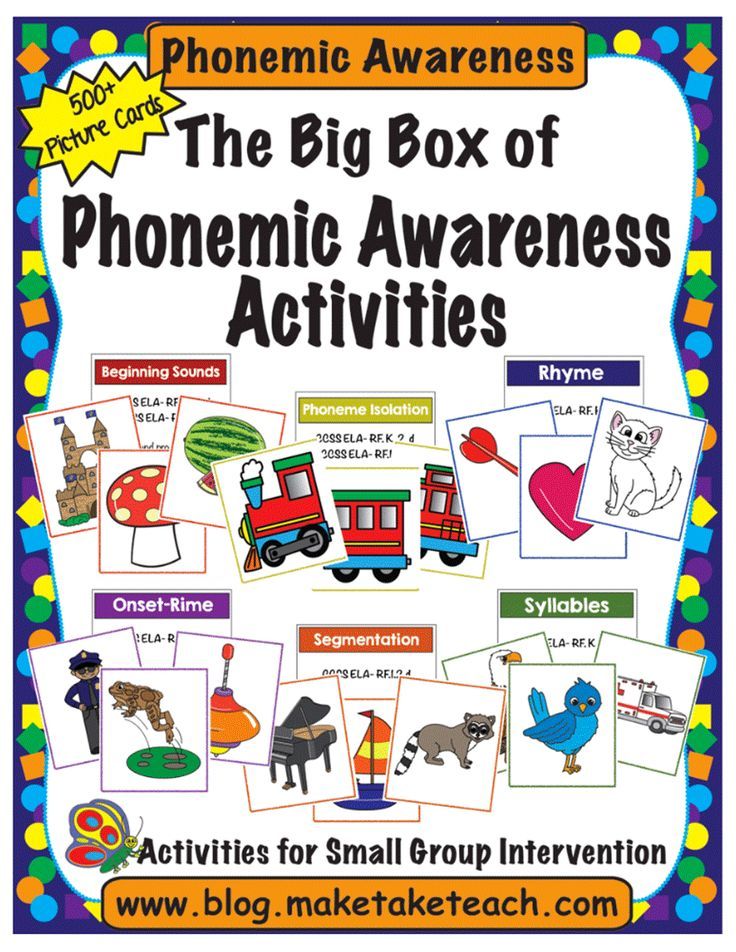 32 841.92] /Contents 163 0 R /group> /Tabs /S /StructParents 54 >> endobj 33 0 obj > /ProcSet [/PDF /Text /ImageB /ImageC /ImageI] >> /MediaBox [0 0 595.32 841.92] /Contents 164 0 R /group> /Tabs /S /StructParents 55 >> endobj 34 0 obj > /ProcSet [/PDF /Text /ImageB /ImageC /ImageI] >> /MediaBox [0 0 595.32 841.92] /Contents 165 0 R /group> /Tabs /S /StructParents 56 >> endobj 35 0 obj > /ProcSet [/PDF /Text /ImageB /ImageC /ImageI] >> /MediaBox[0 0 595.32 841.92] /Contents 166 0 R /group> /Tabs /S /StructParents 57 >> endobj 36 0 obj > /ProcSet [/PDF /Text /ImageB /ImageC /ImageI] >> /MediaBox [0 0 595.32 841.92] /Contents 167 0R /group> /Tabs /S /StructParents 58 >> endobj 37 0 obj > /ProcSet [/PDF /Text /ImageB /ImageC /ImageI] >> /MediaBox [0 0 595.32 841.92] /Contents 168 0R /group> /Tabs /S /StructParents 59 >> endobj 38 0 obj > /ProcSet [/PDF /Text /ImageB /ImageC /ImageI] >> /MediaBox[0 0 595.32 841.92] /Contents 169 0 R /group> /Tabs /S /StructParents 60 >> endobj 39 0 obj > /ProcSet [/PDF /Text /ImageB /ImageC /ImageI] >> /MediaBox [0 0 595.
32 841.92] /Contents 163 0 R /group> /Tabs /S /StructParents 54 >> endobj 33 0 obj > /ProcSet [/PDF /Text /ImageB /ImageC /ImageI] >> /MediaBox [0 0 595.32 841.92] /Contents 164 0 R /group> /Tabs /S /StructParents 55 >> endobj 34 0 obj > /ProcSet [/PDF /Text /ImageB /ImageC /ImageI] >> /MediaBox [0 0 595.32 841.92] /Contents 165 0 R /group> /Tabs /S /StructParents 56 >> endobj 35 0 obj > /ProcSet [/PDF /Text /ImageB /ImageC /ImageI] >> /MediaBox[0 0 595.32 841.92] /Contents 166 0 R /group> /Tabs /S /StructParents 57 >> endobj 36 0 obj > /ProcSet [/PDF /Text /ImageB /ImageC /ImageI] >> /MediaBox [0 0 595.32 841.92] /Contents 167 0R /group> /Tabs /S /StructParents 58 >> endobj 37 0 obj > /ProcSet [/PDF /Text /ImageB /ImageC /ImageI] >> /MediaBox [0 0 595.32 841.92] /Contents 168 0R /group> /Tabs /S /StructParents 59 >> endobj 38 0 obj > /ProcSet [/PDF /Text /ImageB /ImageC /ImageI] >> /MediaBox[0 0 595.32 841.92] /Contents 169 0 R /group> /Tabs /S /StructParents 60 >> endobj 39 0 obj > /ProcSet [/PDF /Text /ImageB /ImageC /ImageI] >> /MediaBox [0 0 595. 32 841.92] /Contents 170 0 R /group> /Tabs /S /StructParents 61 >> endobj 40 0 obj > /ProcSet [/PDF /Text /ImageB /ImageC /ImageI] >> /MediaBox [0 0 595.32 841.92] /Contents 171 0 R /group> /Tabs /S /StructParents 62 >> endobj 41 0 obj > /ProcSet [/PDF /Text /ImageB /ImageC /ImageI] >> /MediaBox[0 0 595.32 841.92] /Contents 172 0R /group> /Tabs /S /StructParents 63 >> endobj 42 0 obj > /ProcSet [/PDF /Text /ImageB /ImageC /ImageI] >> /MediaBox [0 0 595.32 841.92] /Contents 173 0R /group> /Tabs /S /StructParents 64 >> endobj 43 0 obj > /ProcSet [/PDF /Text /ImageB /ImageC /ImageI] >> /MediaBox [0 0 595.32 841.92] /Contents 174 0R /group> /Tabs /S /StructParents 65 >> endobj 44 0 obj > /ProcSet [/PDF /Text /ImageB /ImageC /ImageI] >> /MediaBox[0 0 595.32 841.92] /Contents 175 0R /group> /Tabs /S /StructParents 66 >> endobj 45 0 obj > /ProcSet [/PDF /Text /ImageB /ImageC /ImageI] >> /MediaBox [0 0 595.32 841.92] /Contents 176 0R /group> /Tabs /S /StructParents 67 >> endobj 46 0 obj > /ProcSet [/PDF /Text /ImageB /ImageC /ImageI] >> /MediaBox [0 0 595.
32 841.92] /Contents 170 0 R /group> /Tabs /S /StructParents 61 >> endobj 40 0 obj > /ProcSet [/PDF /Text /ImageB /ImageC /ImageI] >> /MediaBox [0 0 595.32 841.92] /Contents 171 0 R /group> /Tabs /S /StructParents 62 >> endobj 41 0 obj > /ProcSet [/PDF /Text /ImageB /ImageC /ImageI] >> /MediaBox[0 0 595.32 841.92] /Contents 172 0R /group> /Tabs /S /StructParents 63 >> endobj 42 0 obj > /ProcSet [/PDF /Text /ImageB /ImageC /ImageI] >> /MediaBox [0 0 595.32 841.92] /Contents 173 0R /group> /Tabs /S /StructParents 64 >> endobj 43 0 obj > /ProcSet [/PDF /Text /ImageB /ImageC /ImageI] >> /MediaBox [0 0 595.32 841.92] /Contents 174 0R /group> /Tabs /S /StructParents 65 >> endobj 44 0 obj > /ProcSet [/PDF /Text /ImageB /ImageC /ImageI] >> /MediaBox[0 0 595.32 841.92] /Contents 175 0R /group> /Tabs /S /StructParents 66 >> endobj 45 0 obj > /ProcSet [/PDF /Text /ImageB /ImageC /ImageI] >> /MediaBox [0 0 595.32 841.92] /Contents 176 0R /group> /Tabs /S /StructParents 67 >> endobj 46 0 obj > /ProcSet [/PDF /Text /ImageB /ImageC /ImageI] >> /MediaBox [0 0 595. 32 841.92] /Contents 177 0R /group> /Tabs /S /StructParents 68 >> endobj 47 0 obj > /XObject> /ProcSet [/PDF /Text /ImageB /ImageC /ImageI] >> /MediaBox[0 0 595.32 841.92] /Contents 179 0 R /group> /Tabs /S /StructParents 69 >> endobj 48 0 obj > /XObject> /ProcSet [/PDF /Text /ImageB /ImageC /ImageI] >> /MediaBox [0 0 595.32 841.92] /Contents 181 0 R /group> /Tabs /S /StructParents 70 >> endobj 49 0 obj > /ProcSet [/PDF /Text /ImageB /ImageC /ImageI] >> /MediaBox [0 0 595.32 841.92] /Contents 182 0 R /group> /Tabs /S /StructParents 71 >> endobj 50 0 obj > /ProcSet [/PDF /Text /ImageB /ImageC /ImageI] >> /MediaBox[0 0 595.32 841.92] /Contents 183 0 R /group> /Tabs /S /StructParents 72 >> endobj 51 0 obj > /ProcSet [/PDF /Text /ImageB /ImageC /ImageI] >> /MediaBox [0 0 595.32 841.92] /Contents 185 0 R /group> /Tabs /S /StructParents 73 >> endobj 52 0 obj > /ProcSet [/PDF /Text /ImageB /ImageC /ImageI] >> /MediaBox [0 0 595.32 841.92] /Contents 186 0 R /group> /Tabs /S /StructParents 74 >> endobj 53 0 obj > /ProcSet [/PDF /Text /ImageB /ImageC /ImageI] >> /MediaBox[0 0 595.
32 841.92] /Contents 177 0R /group> /Tabs /S /StructParents 68 >> endobj 47 0 obj > /XObject> /ProcSet [/PDF /Text /ImageB /ImageC /ImageI] >> /MediaBox[0 0 595.32 841.92] /Contents 179 0 R /group> /Tabs /S /StructParents 69 >> endobj 48 0 obj > /XObject> /ProcSet [/PDF /Text /ImageB /ImageC /ImageI] >> /MediaBox [0 0 595.32 841.92] /Contents 181 0 R /group> /Tabs /S /StructParents 70 >> endobj 49 0 obj > /ProcSet [/PDF /Text /ImageB /ImageC /ImageI] >> /MediaBox [0 0 595.32 841.92] /Contents 182 0 R /group> /Tabs /S /StructParents 71 >> endobj 50 0 obj > /ProcSet [/PDF /Text /ImageB /ImageC /ImageI] >> /MediaBox[0 0 595.32 841.92] /Contents 183 0 R /group> /Tabs /S /StructParents 72 >> endobj 51 0 obj > /ProcSet [/PDF /Text /ImageB /ImageC /ImageI] >> /MediaBox [0 0 595.32 841.92] /Contents 185 0 R /group> /Tabs /S /StructParents 73 >> endobj 52 0 obj > /ProcSet [/PDF /Text /ImageB /ImageC /ImageI] >> /MediaBox [0 0 595.32 841.92] /Contents 186 0 R /group> /Tabs /S /StructParents 74 >> endobj 53 0 obj > /ProcSet [/PDF /Text /ImageB /ImageC /ImageI] >> /MediaBox[0 0 595.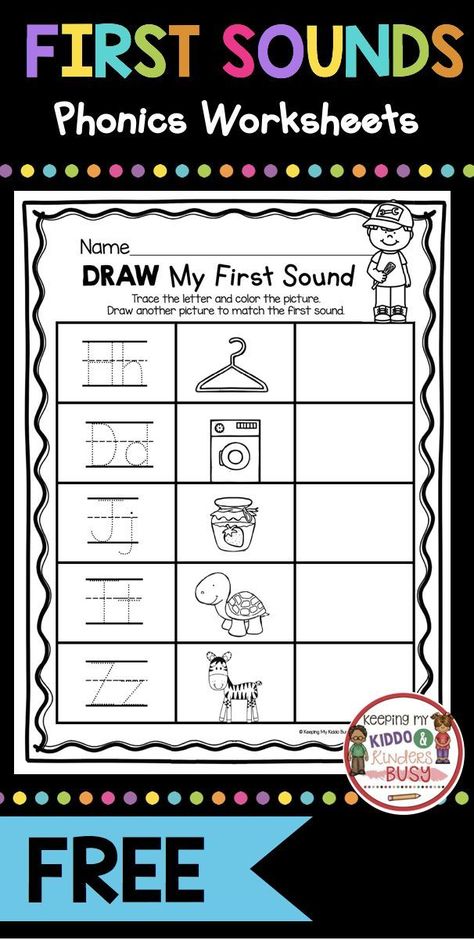 32 841.92] /Contents 187 0 R /group> /Tabs /S /StructParents 75 >> endobj 54 0 obj > /ProcSet [/PDF /Text /ImageB /ImageC /ImageI] >> /MediaBox [0 0 595.32 841.92] /Contents 188 0 R /group> /Tabs /S /StructParents 76 >> endobj 55 0 obj > /ProcSet [/PDF /Text /ImageB /ImageC /ImageI] >> /MediaBox [0 0 595.32 841.92] /Contents 189 0 R /group> /Tabs /S /StructParents 77 >> endobj 56 0 obj > /ProcSet [/PDF /Text /ImageB /ImageC /ImageI] >> /MediaBox[0 0 595.32 841.92] /Contents 190 0R /group> /Tabs /S /StructParents 78 >> endobj 57 0 obj > /ProcSet [/PDF /Text /ImageB /ImageC /ImageI] >> /MediaBox [0 0 595.32 841.92] /Contents 191 0 R /group> /Tabs /S /StructParents 79 >> endobj 58 0 obj > /ProcSet [/PDF /Text /ImageB /ImageC /ImageI] >> /MediaBox [0 0 595.32 841.92] /Contents 192 0R /group> /Tabs /S /StructParents 80 >> endobj 59 0 obj > /ProcSet [/PDF /Text /ImageB /ImageC /ImageI] >> /MediaBox[0 0 595.32 841.92] /Contents 193 0 R /group> /Tabs /S /StructParents 81 >> endobj 60 0 obj > /ProcSet [/PDF /Text /ImageB /ImageC /ImageI] >> /MediaBox [0 0 595.
32 841.92] /Contents 187 0 R /group> /Tabs /S /StructParents 75 >> endobj 54 0 obj > /ProcSet [/PDF /Text /ImageB /ImageC /ImageI] >> /MediaBox [0 0 595.32 841.92] /Contents 188 0 R /group> /Tabs /S /StructParents 76 >> endobj 55 0 obj > /ProcSet [/PDF /Text /ImageB /ImageC /ImageI] >> /MediaBox [0 0 595.32 841.92] /Contents 189 0 R /group> /Tabs /S /StructParents 77 >> endobj 56 0 obj > /ProcSet [/PDF /Text /ImageB /ImageC /ImageI] >> /MediaBox[0 0 595.32 841.92] /Contents 190 0R /group> /Tabs /S /StructParents 78 >> endobj 57 0 obj > /ProcSet [/PDF /Text /ImageB /ImageC /ImageI] >> /MediaBox [0 0 595.32 841.92] /Contents 191 0 R /group> /Tabs /S /StructParents 79 >> endobj 58 0 obj > /ProcSet [/PDF /Text /ImageB /ImageC /ImageI] >> /MediaBox [0 0 595.32 841.92] /Contents 192 0R /group> /Tabs /S /StructParents 80 >> endobj 59 0 obj > /ProcSet [/PDF /Text /ImageB /ImageC /ImageI] >> /MediaBox[0 0 595.32 841.92] /Contents 193 0 R /group> /Tabs /S /StructParents 81 >> endobj 60 0 obj > /ProcSet [/PDF /Text /ImageB /ImageC /ImageI] >> /MediaBox [0 0 595.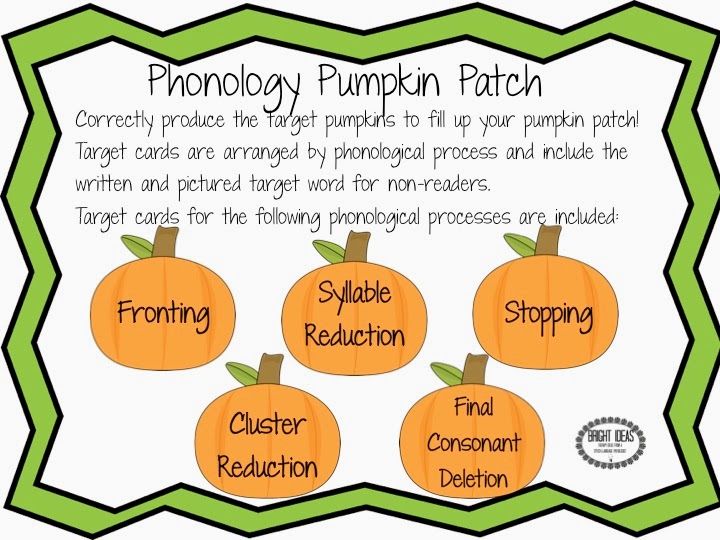 32 841.92] /Contents 194 0R /group> /Tabs /S /StructParents 82 >> endobj 61 0 obj > /ProcSet [/PDF /Text /ImageB /ImageC /ImageI] >> /MediaBox [0 0 595.32 841.92] /Contents 195 0 R /group> /Tabs /S /StructParents 83 >> endobj 62 0 obj > /ProcSet [/PDF /Text /ImageB /ImageC /ImageI] >> /MediaBox[0 0 595.32 841.92] /Contents 196 0 R /group> /Tabs /S /StructParents 84 >> endobj 63 0 obj > /ProcSet [/PDF /Text /ImageB /ImageC /ImageI] >> /MediaBox [0 0 595.32 841.92] /Contents 197 0 R /group> /Tabs /S /StructParents 85 >> endobj 64 0 obj > /ProcSet [/PDF /Text /ImageB /ImageC /ImageI] >> /MediaBox [0 0 595.32 841.92] /Contents 198 0 R /group> /Tabs /S /StructParents 86 >> endobj 65 0 obj > /ProcSet [/PDF /Text /ImageB /ImageC /ImageI] >> /MediaBox[0 0 595.32 841.92] /Contents 199 0 R /group> /Tabs /S /StructParents 87 >> endobj 66 0 obj > /ProcSet [/PDF /Text /ImageB /ImageC /ImageI] >> /MediaBox [0 0 595.32 841.92] /Contents 200 0 R /group> /Tabs /S /StructParents 88 >> endobj 67 0 obj > /ProcSet [/PDF /Text /ImageB /ImageC /ImageI] >> /MediaBox [0 0 595.
32 841.92] /Contents 194 0R /group> /Tabs /S /StructParents 82 >> endobj 61 0 obj > /ProcSet [/PDF /Text /ImageB /ImageC /ImageI] >> /MediaBox [0 0 595.32 841.92] /Contents 195 0 R /group> /Tabs /S /StructParents 83 >> endobj 62 0 obj > /ProcSet [/PDF /Text /ImageB /ImageC /ImageI] >> /MediaBox[0 0 595.32 841.92] /Contents 196 0 R /group> /Tabs /S /StructParents 84 >> endobj 63 0 obj > /ProcSet [/PDF /Text /ImageB /ImageC /ImageI] >> /MediaBox [0 0 595.32 841.92] /Contents 197 0 R /group> /Tabs /S /StructParents 85 >> endobj 64 0 obj > /ProcSet [/PDF /Text /ImageB /ImageC /ImageI] >> /MediaBox [0 0 595.32 841.92] /Contents 198 0 R /group> /Tabs /S /StructParents 86 >> endobj 65 0 obj > /ProcSet [/PDF /Text /ImageB /ImageC /ImageI] >> /MediaBox[0 0 595.32 841.92] /Contents 199 0 R /group> /Tabs /S /StructParents 87 >> endobj 66 0 obj > /ProcSet [/PDF /Text /ImageB /ImageC /ImageI] >> /MediaBox [0 0 595.32 841.92] /Contents 200 0 R /group> /Tabs /S /StructParents 88 >> endobj 67 0 obj > /ProcSet [/PDF /Text /ImageB /ImageC /ImageI] >> /MediaBox [0 0 595. 32 841.92] /Contents 201 0 R /group> /Tabs /S /StructParents 89 >> endobj 68 0 obj > /ProcSet [/PDF /Text /ImageB /ImageC /ImageI] >> /MediaBox[0 0 595.32 841.92] /Contents 202 0 R /group> /Tabs /S /StructParents 90 >> endobj 69 0 obj > /ProcSet [/PDF /Text /ImageB /ImageC /ImageI] >> /MediaBox [0 0 595.32 841.92] /Contents 203 0 R /group> /Tabs /S /StructParents 91 >> endobj 70 0 obj > /ProcSet [/PDF /Text /ImageB /ImageC /ImageI] >> /MediaBox [0 0 595.32 841.92] /Contents 204 0 R /group> /Tabs /S /StructParents 92 >> endobj 71 0 obj > /ProcSet [/PDF /Text /ImageB /ImageC /ImageI] >> /MediaBox[0 0 595.32 841.92] /Contents 205 0 R /group> /Tabs /S /StructParents 93 >> endobj 72 0 obj > /ProcSet [/PDF /Text /ImageB /ImageC /ImageI] >> /MediaBox [0 0 595.32 841.92] /Contents 206 0R /group> /Tabs /S /StructParents 94 >> endobj 73 0 obj > /ProcSet [/PDF /Text /ImageB /ImageC /ImageI] >> /MediaBox [0 0 595.32 841.92] /Contents 207 0 R /group> /Tabs /S /StructParents 95 >> endobj 74 0 obj > /ProcSet [/PDF /Text /ImageB /ImageC /ImageI] >> /MediaBox[0 0 595.
32 841.92] /Contents 201 0 R /group> /Tabs /S /StructParents 89 >> endobj 68 0 obj > /ProcSet [/PDF /Text /ImageB /ImageC /ImageI] >> /MediaBox[0 0 595.32 841.92] /Contents 202 0 R /group> /Tabs /S /StructParents 90 >> endobj 69 0 obj > /ProcSet [/PDF /Text /ImageB /ImageC /ImageI] >> /MediaBox [0 0 595.32 841.92] /Contents 203 0 R /group> /Tabs /S /StructParents 91 >> endobj 70 0 obj > /ProcSet [/PDF /Text /ImageB /ImageC /ImageI] >> /MediaBox [0 0 595.32 841.92] /Contents 204 0 R /group> /Tabs /S /StructParents 92 >> endobj 71 0 obj > /ProcSet [/PDF /Text /ImageB /ImageC /ImageI] >> /MediaBox[0 0 595.32 841.92] /Contents 205 0 R /group> /Tabs /S /StructParents 93 >> endobj 72 0 obj > /ProcSet [/PDF /Text /ImageB /ImageC /ImageI] >> /MediaBox [0 0 595.32 841.92] /Contents 206 0R /group> /Tabs /S /StructParents 94 >> endobj 73 0 obj > /ProcSet [/PDF /Text /ImageB /ImageC /ImageI] >> /MediaBox [0 0 595.32 841.92] /Contents 207 0 R /group> /Tabs /S /StructParents 95 >> endobj 74 0 obj > /ProcSet [/PDF /Text /ImageB /ImageC /ImageI] >> /MediaBox[0 0 595.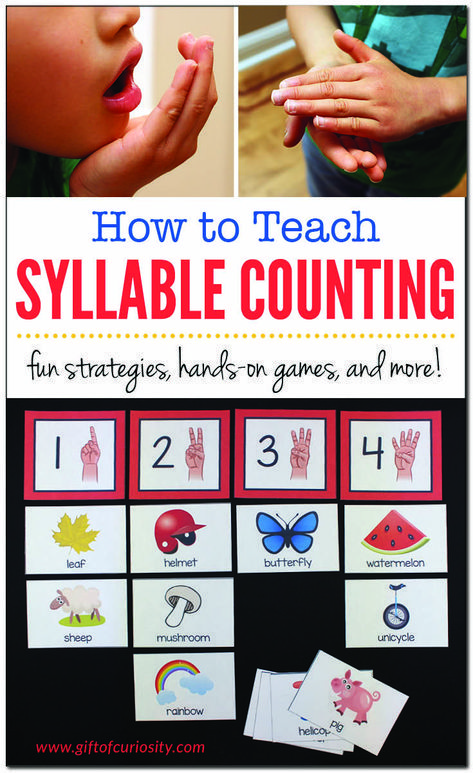 32 841.92] /Contents 208 0 R /group> /Tabs /S /StructParents 96 >> endobj 75 0 obj > /ProcSet [/PDF /Text /ImageB /ImageC /ImageI] >> /MediaBox [0 0 595.32 841.92] /Contents 209 0 R /group> /Tabs /S /StructParents 97 >> endobj 76 0 obj > /ProcSet [/PDF /Text /ImageB /ImageC /ImageI] >> /MediaBox [0 0 595.32 841.92] /Contents 210 0 R /group> /Tabs /S /StructParents 98 >> endobj 77 0 obj > /ProcSet [/PDF /Text /ImageB /ImageC /ImageI] >> /MediaBox[0 0 595.32 841.92] /Contents 211 0R /group> /Tabs /S /StructParents 99 >> endobj 78 0 obj > /ProcSet [/PDF /Text /ImageB /ImageC /ImageI] >> /MediaBox [0 0 595.32 841.92] /Contents 212 0 R /group> /Tabs /S /StructParents 100 >> endobj 79 0 obj > /ProcSet [/PDF /Text /ImageB /ImageC /ImageI] >> /MediaBox [0 0 595.32 841.92] /Contents 213 0 R /group> /Tabs /S /StructParents 101 >> endobj 80 0 obj > /ProcSet [/PDF /Text /ImageB /ImageC /ImageI] >> /MediaBox[0 0 595.32 841.92] /Contents 214 0R /group> /Tabs /S /StructParents 102 >> endobj 81 0 obj > /ProcSet [/PDF /Text /ImageB /ImageC /ImageI] >> /MediaBox [0 0 595.
32 841.92] /Contents 208 0 R /group> /Tabs /S /StructParents 96 >> endobj 75 0 obj > /ProcSet [/PDF /Text /ImageB /ImageC /ImageI] >> /MediaBox [0 0 595.32 841.92] /Contents 209 0 R /group> /Tabs /S /StructParents 97 >> endobj 76 0 obj > /ProcSet [/PDF /Text /ImageB /ImageC /ImageI] >> /MediaBox [0 0 595.32 841.92] /Contents 210 0 R /group> /Tabs /S /StructParents 98 >> endobj 77 0 obj > /ProcSet [/PDF /Text /ImageB /ImageC /ImageI] >> /MediaBox[0 0 595.32 841.92] /Contents 211 0R /group> /Tabs /S /StructParents 99 >> endobj 78 0 obj > /ProcSet [/PDF /Text /ImageB /ImageC /ImageI] >> /MediaBox [0 0 595.32 841.92] /Contents 212 0 R /group> /Tabs /S /StructParents 100 >> endobj 79 0 obj > /ProcSet [/PDF /Text /ImageB /ImageC /ImageI] >> /MediaBox [0 0 595.32 841.92] /Contents 213 0 R /group> /Tabs /S /StructParents 101 >> endobj 80 0 obj > /ProcSet [/PDF /Text /ImageB /ImageC /ImageI] >> /MediaBox[0 0 595.32 841.92] /Contents 214 0R /group> /Tabs /S /StructParents 102 >> endobj 81 0 obj > /ProcSet [/PDF /Text /ImageB /ImageC /ImageI] >> /MediaBox [0 0 595.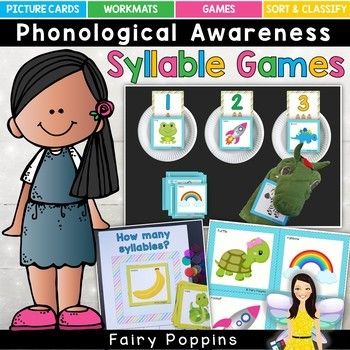 32 841.92] /Contents 215 0 R /group> /Tabs /S /StructParents 103 >> endobj 82 0 obj > /ProcSet [/PDF /Text /ImageB /ImageC /ImageI] >> /MediaBox [0 0 595.32 841.92] /Contents 216 0 R /group> /Tabs /S /StructParents 104 >> endobj 83 0 obj > /ProcSet [/PDF /Text /ImageB /ImageC /ImageI] >> /MediaBox[0 0 595.32 841.92] /Contents 217 0 R /group> /Tabs /S /StructParents 105 >> endobj 84 0 obj > /ProcSet [/PDF /Text /ImageB /ImageC /ImageI] >> /MediaBox [0 0 595.32 841.92] /Contents 218 0 R /group> /Tabs /S /StructParents 106 >> endobj 85 0 obj > /ProcSet [/PDF /Text /ImageB /ImageC /ImageI] >> /MediaBox [0 0 595.32 841.92] /Contents 219 0R /group> /Tabs /S /StructParents 107 >> endobj 86 0 obj > /ProcSet [/PDF /Text /ImageB /ImageC /ImageI] >> /MediaBox[0 0 595.32 841.92] /Contents 220 0R /group> /Tabs /S /StructParents 108 >> endobj 87 0 obj > /ProcSet [/PDF /Text /ImageB /ImageC /ImageI] >> /MediaBox [0 0 595.32 841.92] /Contents 221 0 R /group> /Tabs /S /StructParents 109 >> endobj 88 0 obj > /ProcSet [/PDF /Text /ImageB /ImageC /ImageI] >> /MediaBox [0 0 595.
32 841.92] /Contents 215 0 R /group> /Tabs /S /StructParents 103 >> endobj 82 0 obj > /ProcSet [/PDF /Text /ImageB /ImageC /ImageI] >> /MediaBox [0 0 595.32 841.92] /Contents 216 0 R /group> /Tabs /S /StructParents 104 >> endobj 83 0 obj > /ProcSet [/PDF /Text /ImageB /ImageC /ImageI] >> /MediaBox[0 0 595.32 841.92] /Contents 217 0 R /group> /Tabs /S /StructParents 105 >> endobj 84 0 obj > /ProcSet [/PDF /Text /ImageB /ImageC /ImageI] >> /MediaBox [0 0 595.32 841.92] /Contents 218 0 R /group> /Tabs /S /StructParents 106 >> endobj 85 0 obj > /ProcSet [/PDF /Text /ImageB /ImageC /ImageI] >> /MediaBox [0 0 595.32 841.92] /Contents 219 0R /group> /Tabs /S /StructParents 107 >> endobj 86 0 obj > /ProcSet [/PDF /Text /ImageB /ImageC /ImageI] >> /MediaBox[0 0 595.32 841.92] /Contents 220 0R /group> /Tabs /S /StructParents 108 >> endobj 87 0 obj > /ProcSet [/PDF /Text /ImageB /ImageC /ImageI] >> /MediaBox [0 0 595.32 841.92] /Contents 221 0 R /group> /Tabs /S /StructParents 109 >> endobj 88 0 obj > /ProcSet [/PDF /Text /ImageB /ImageC /ImageI] >> /MediaBox [0 0 595.